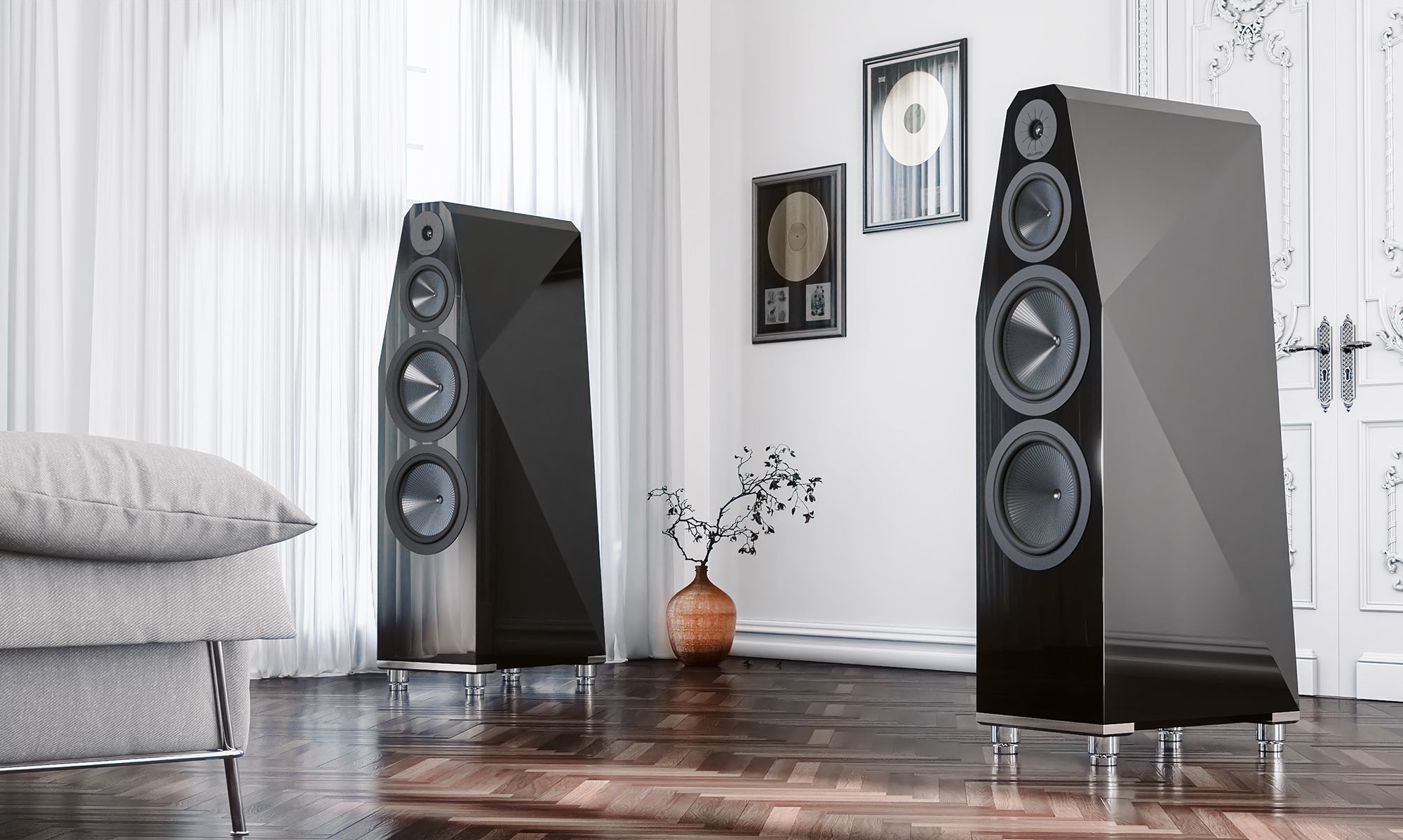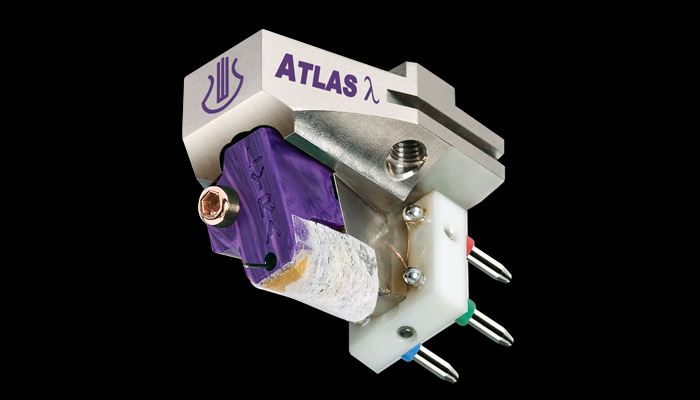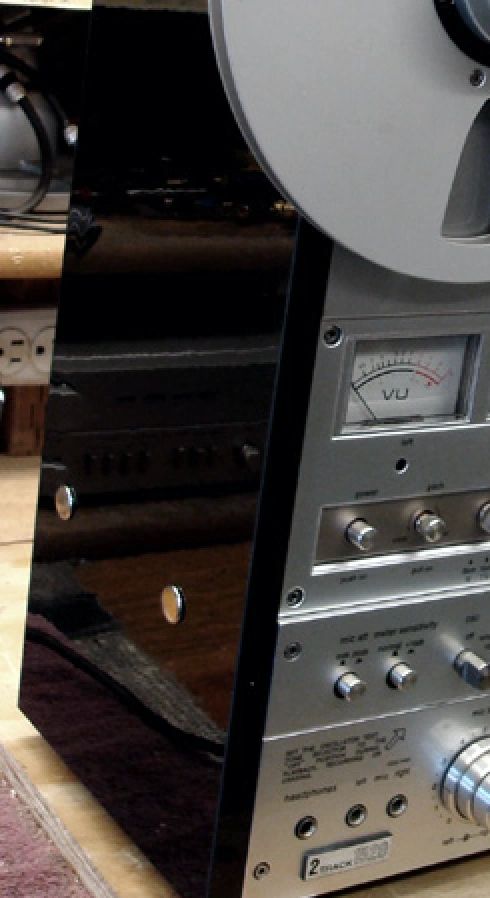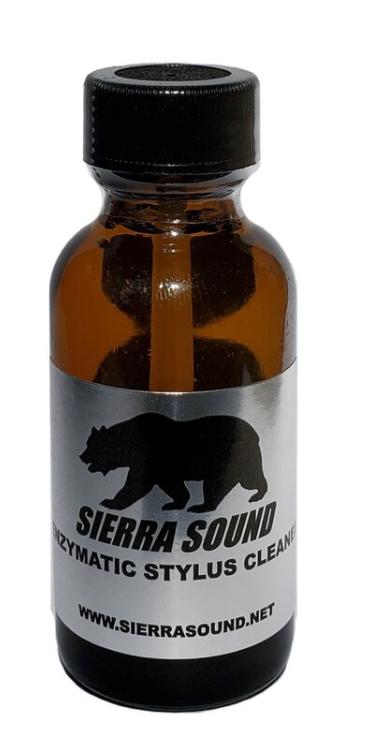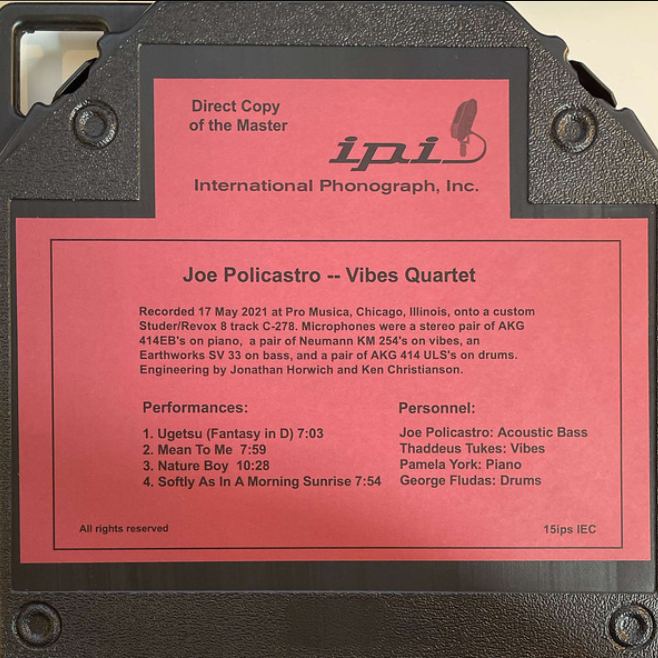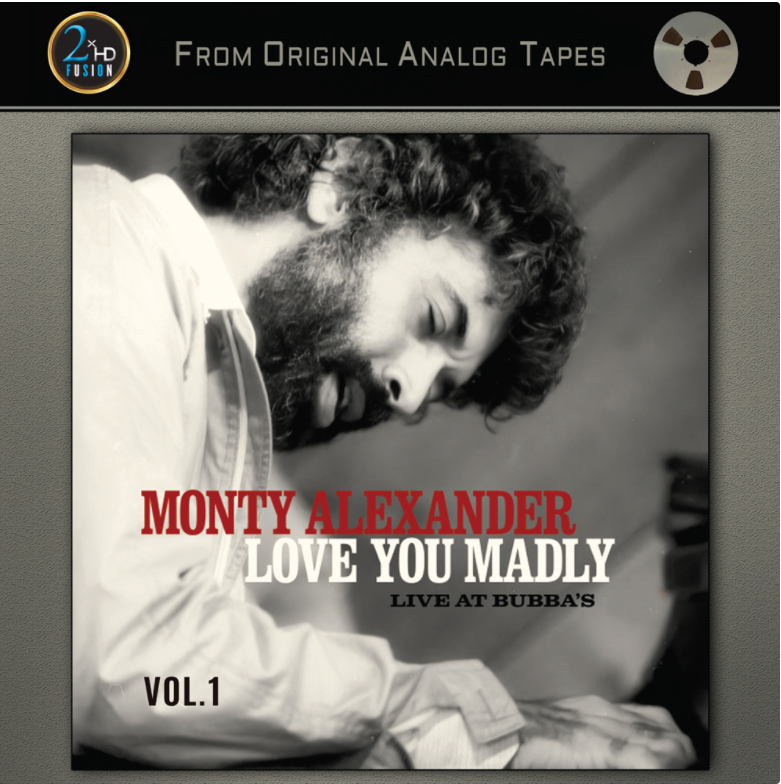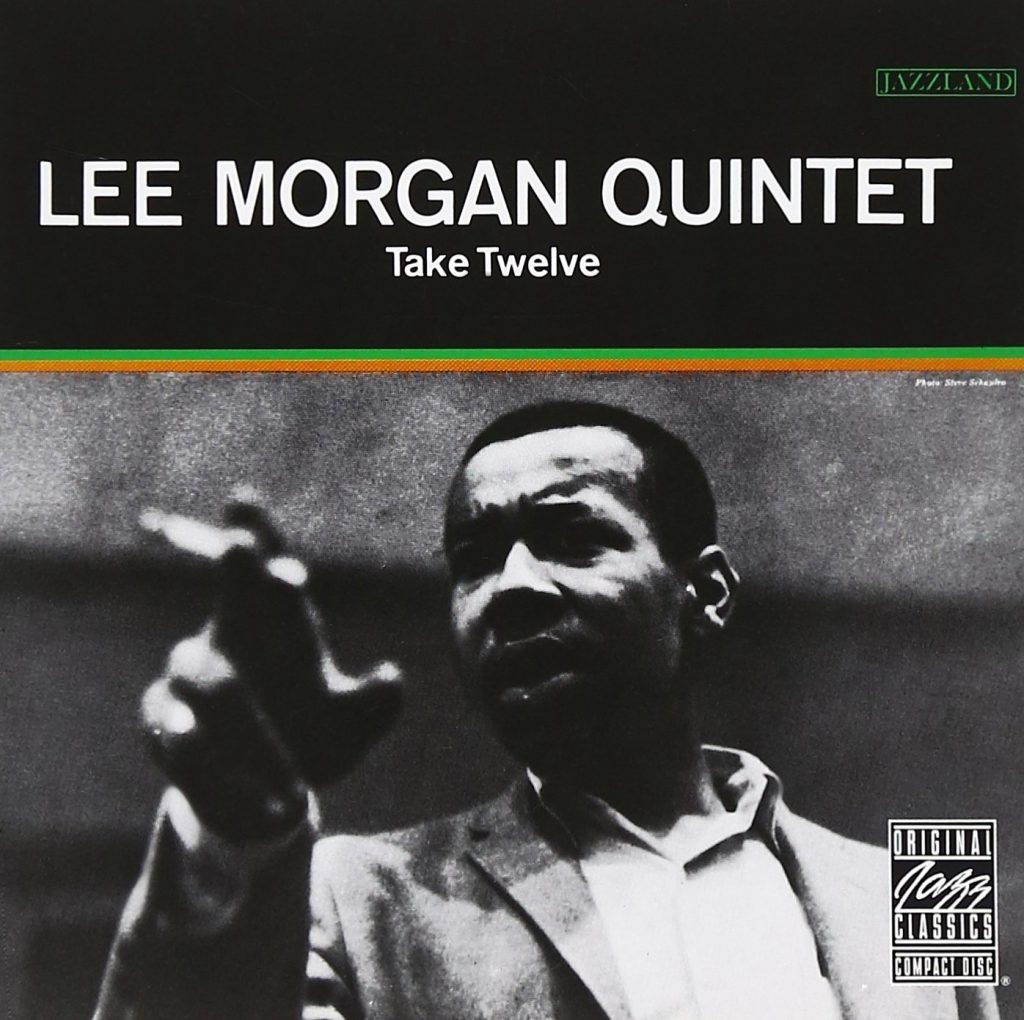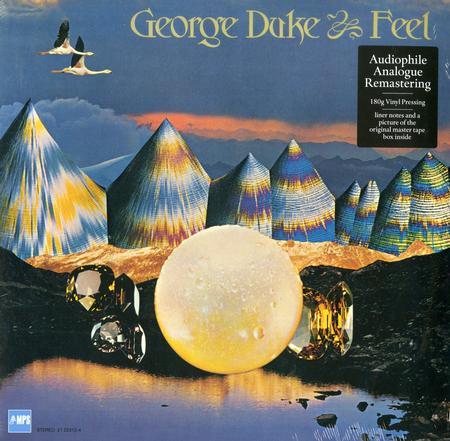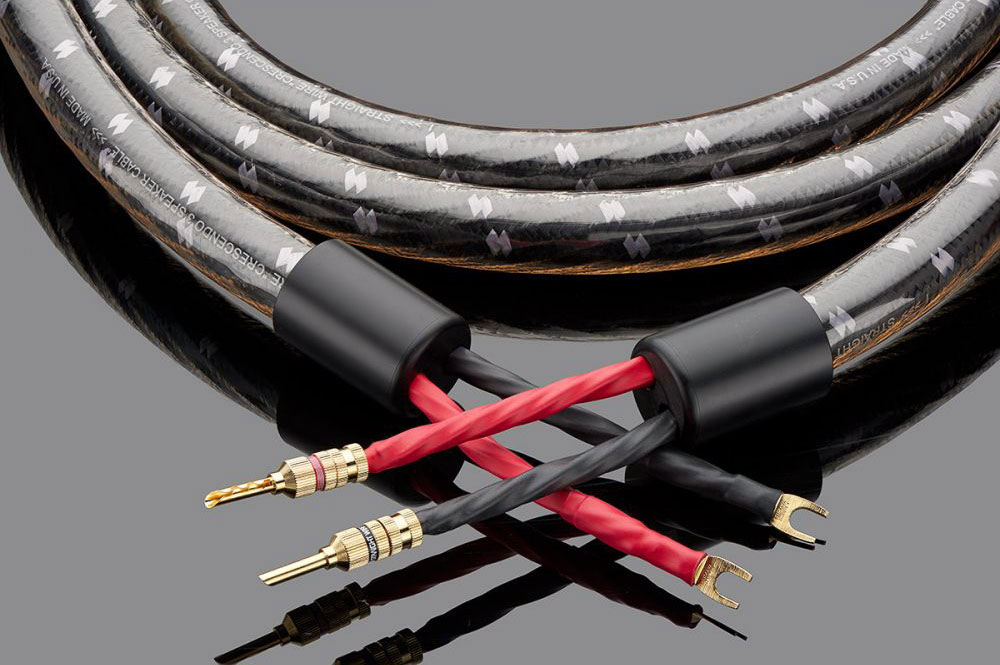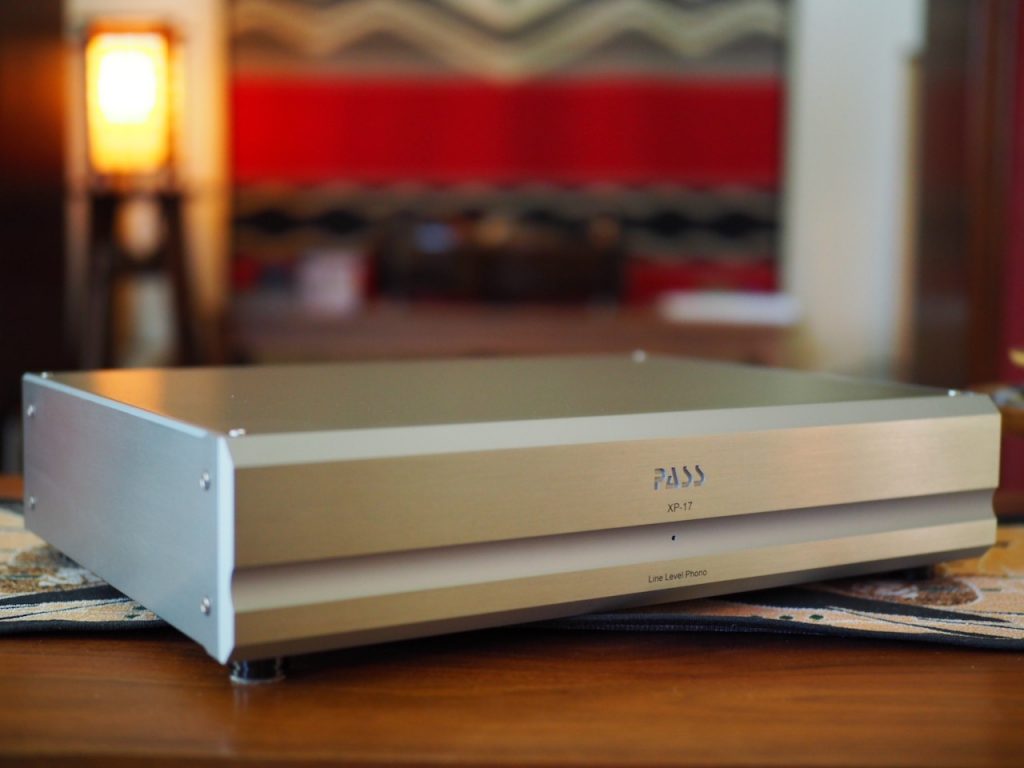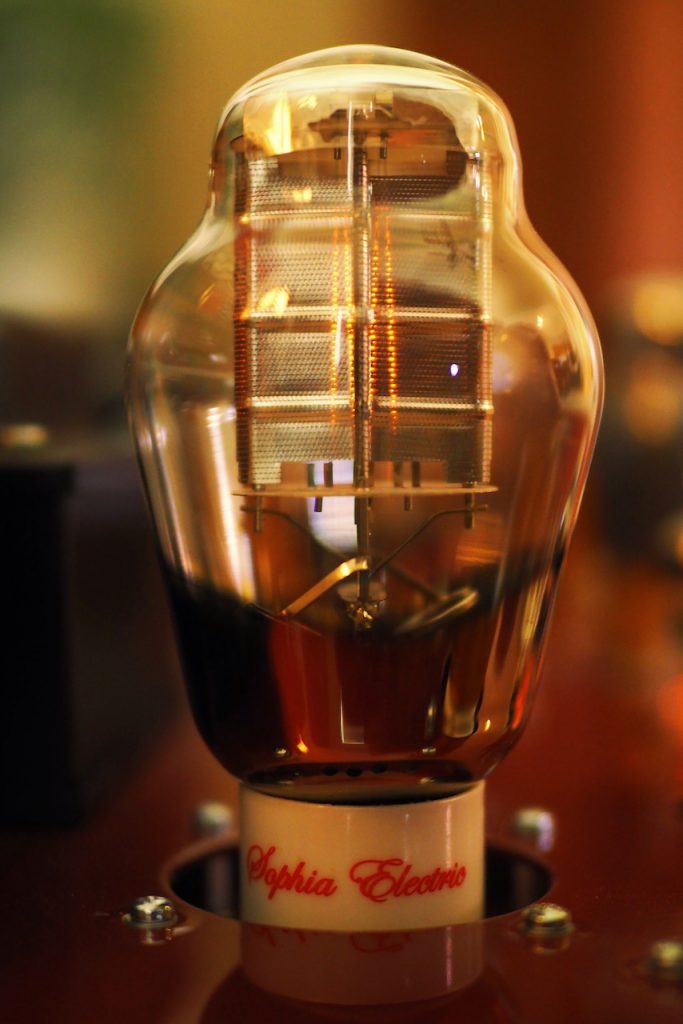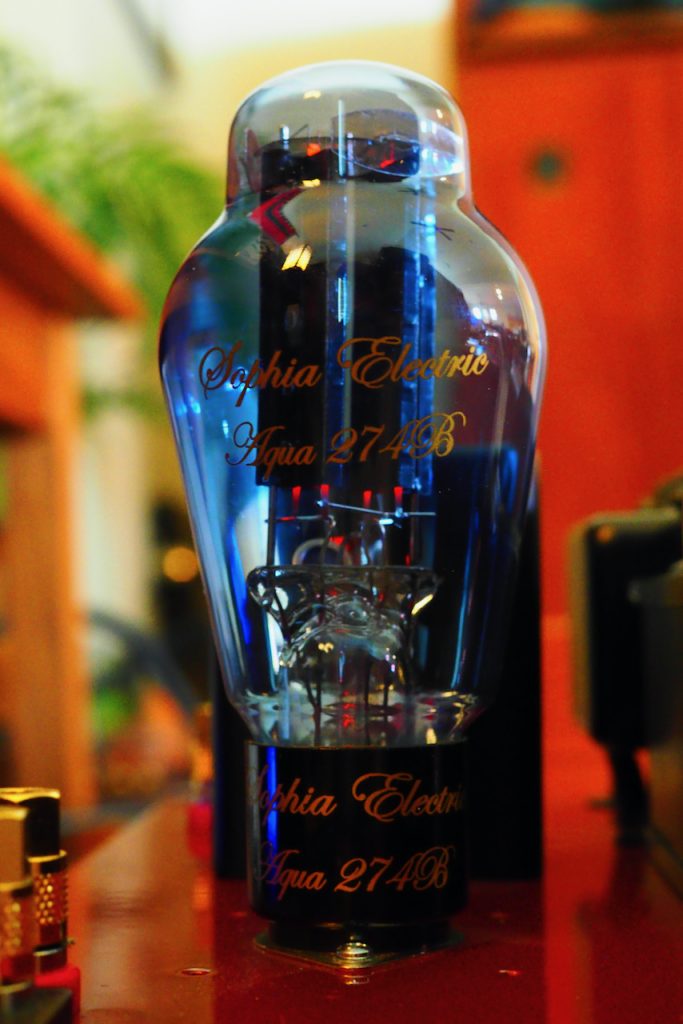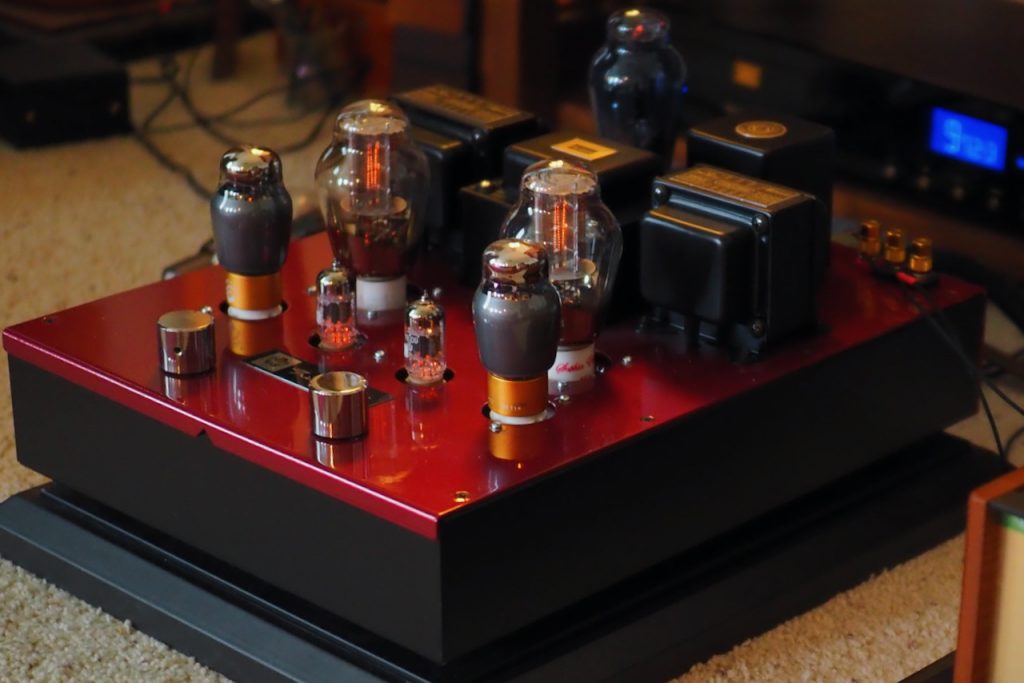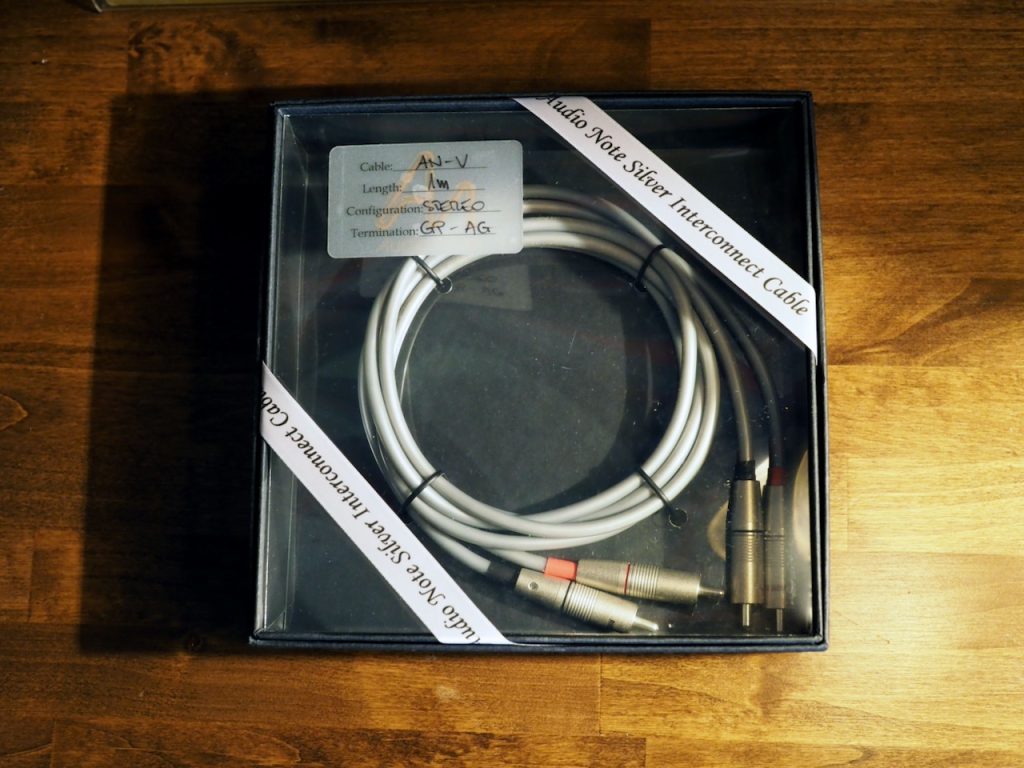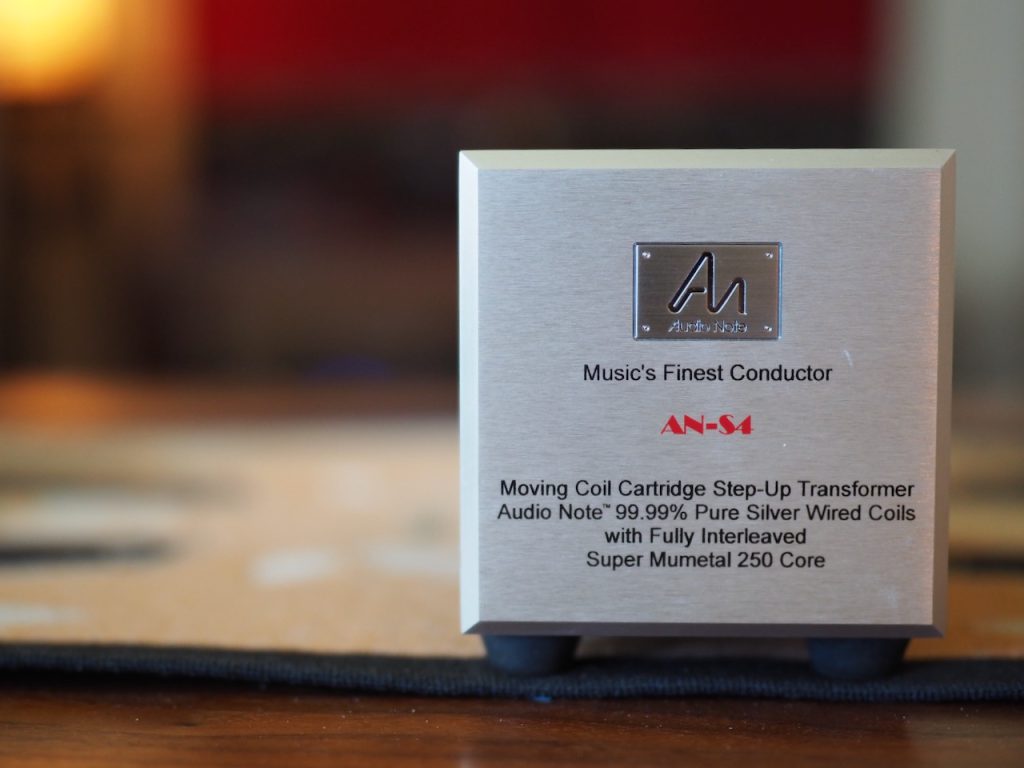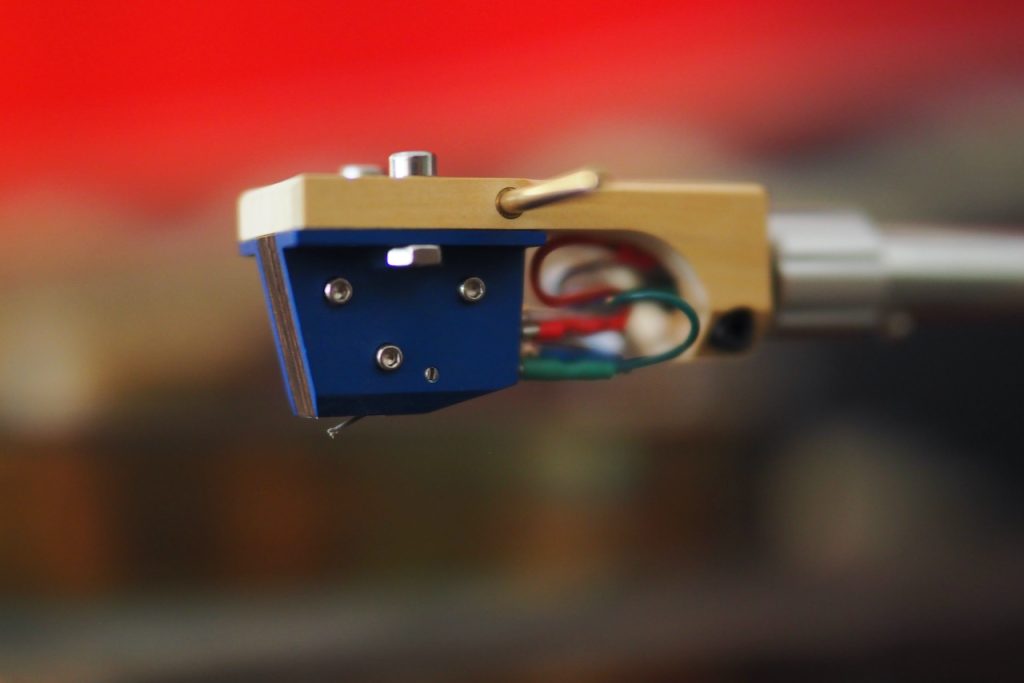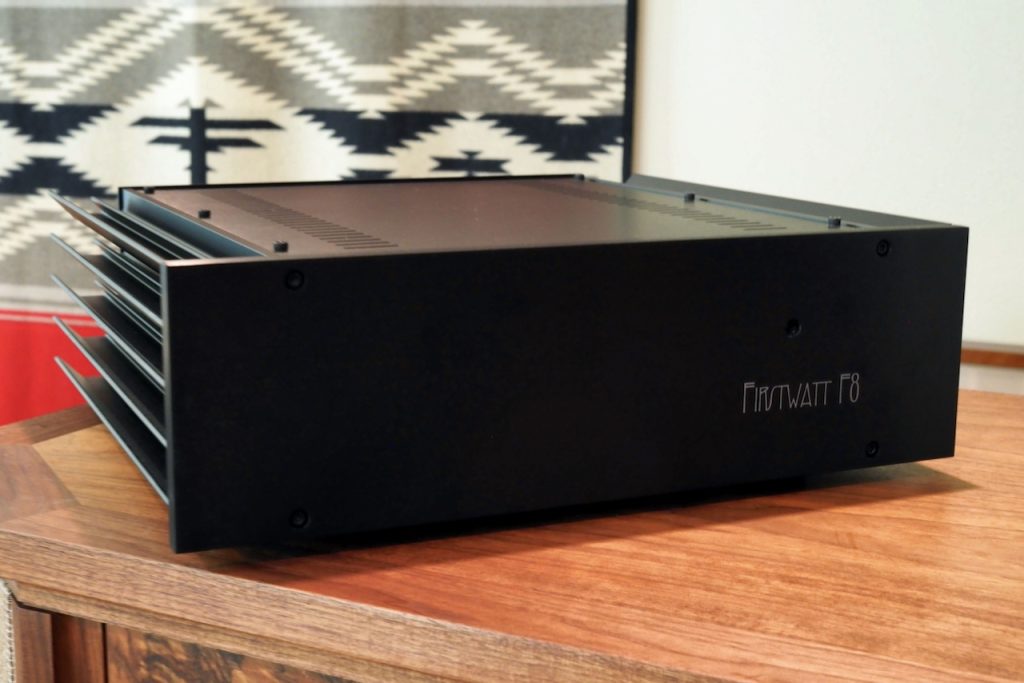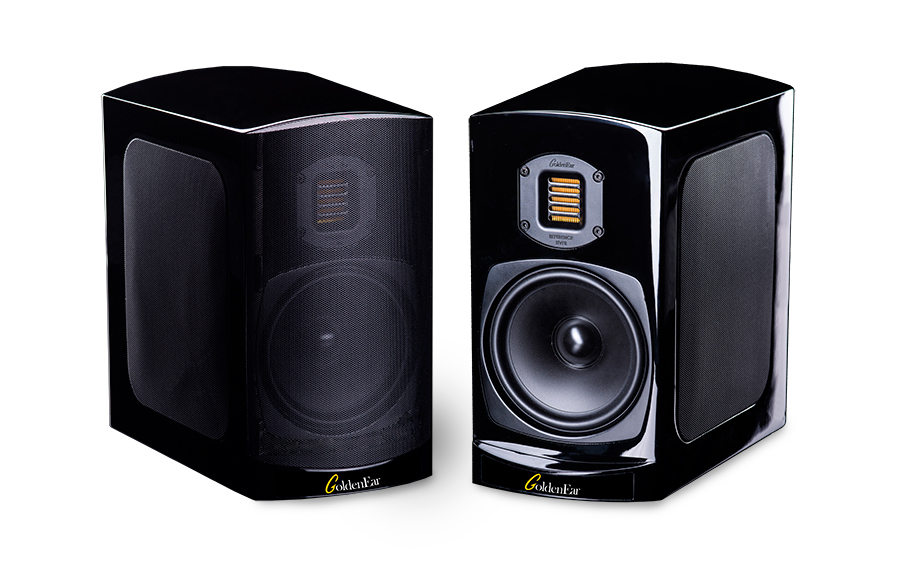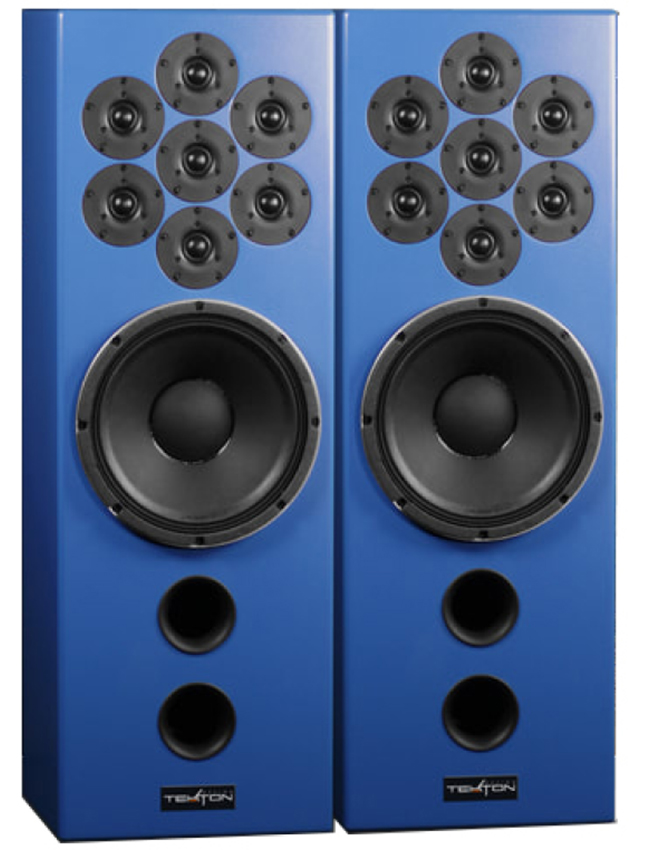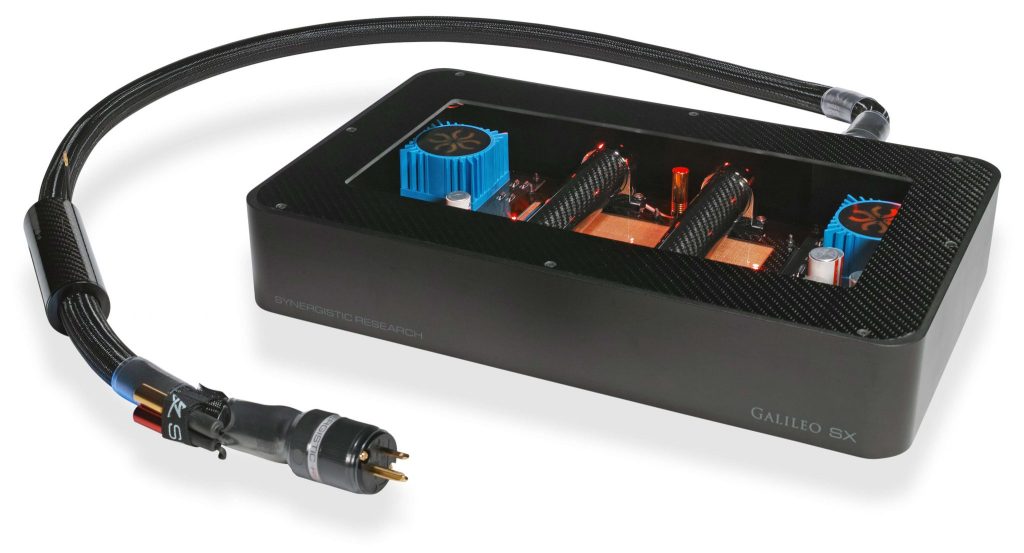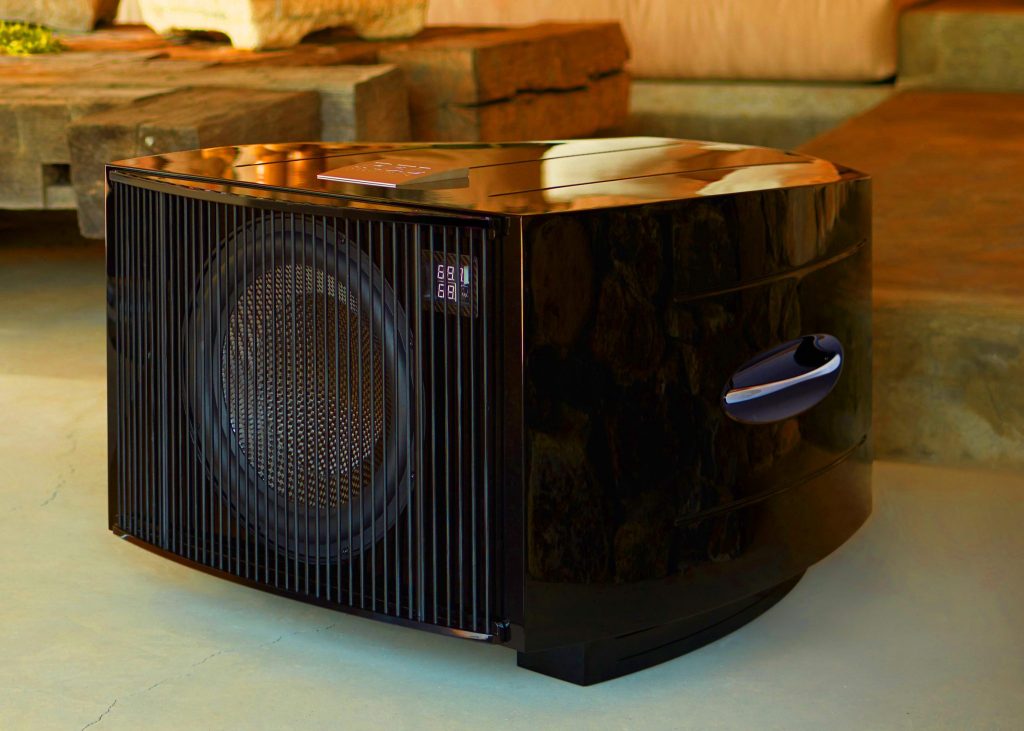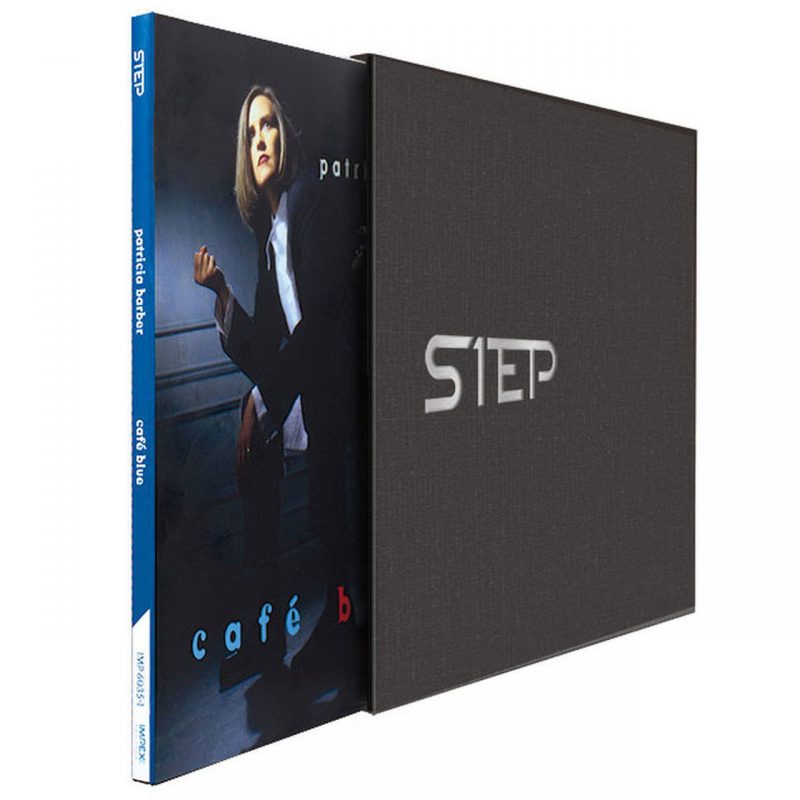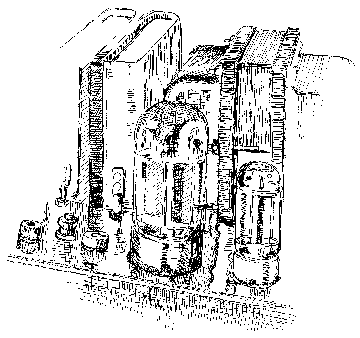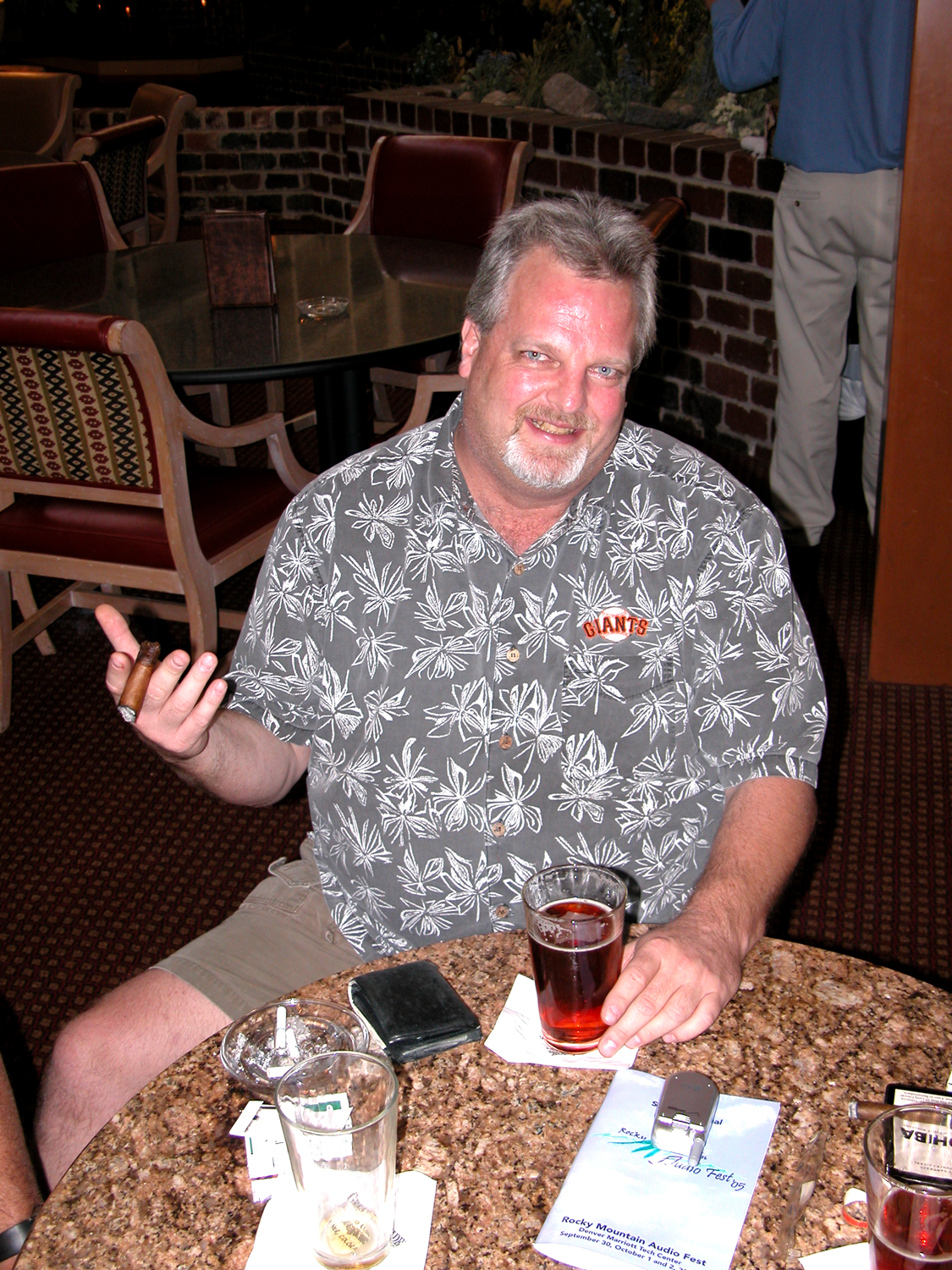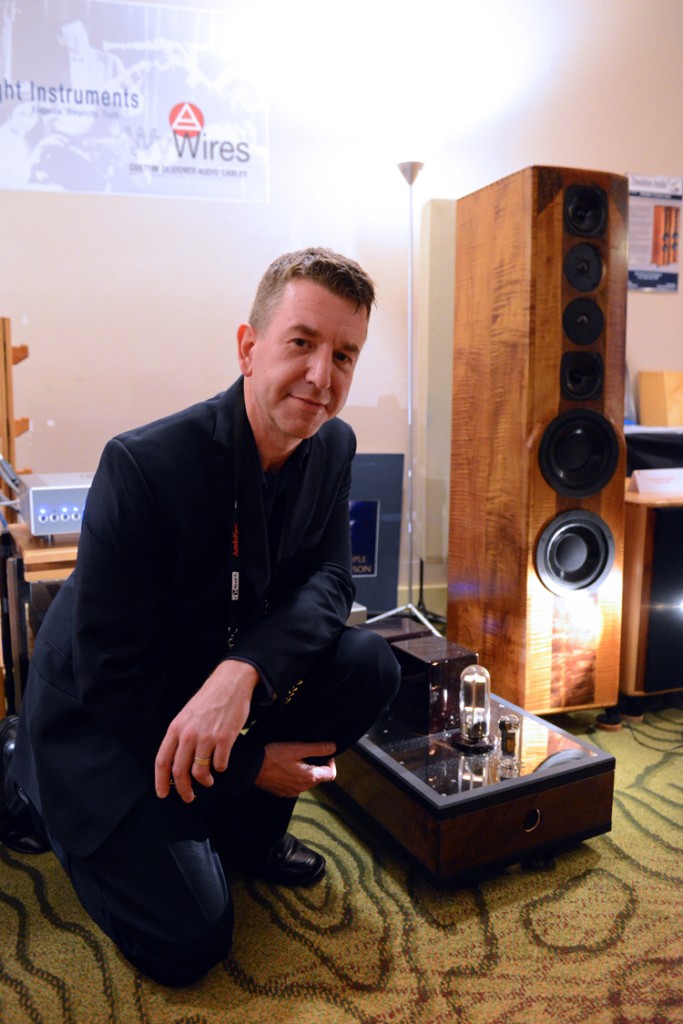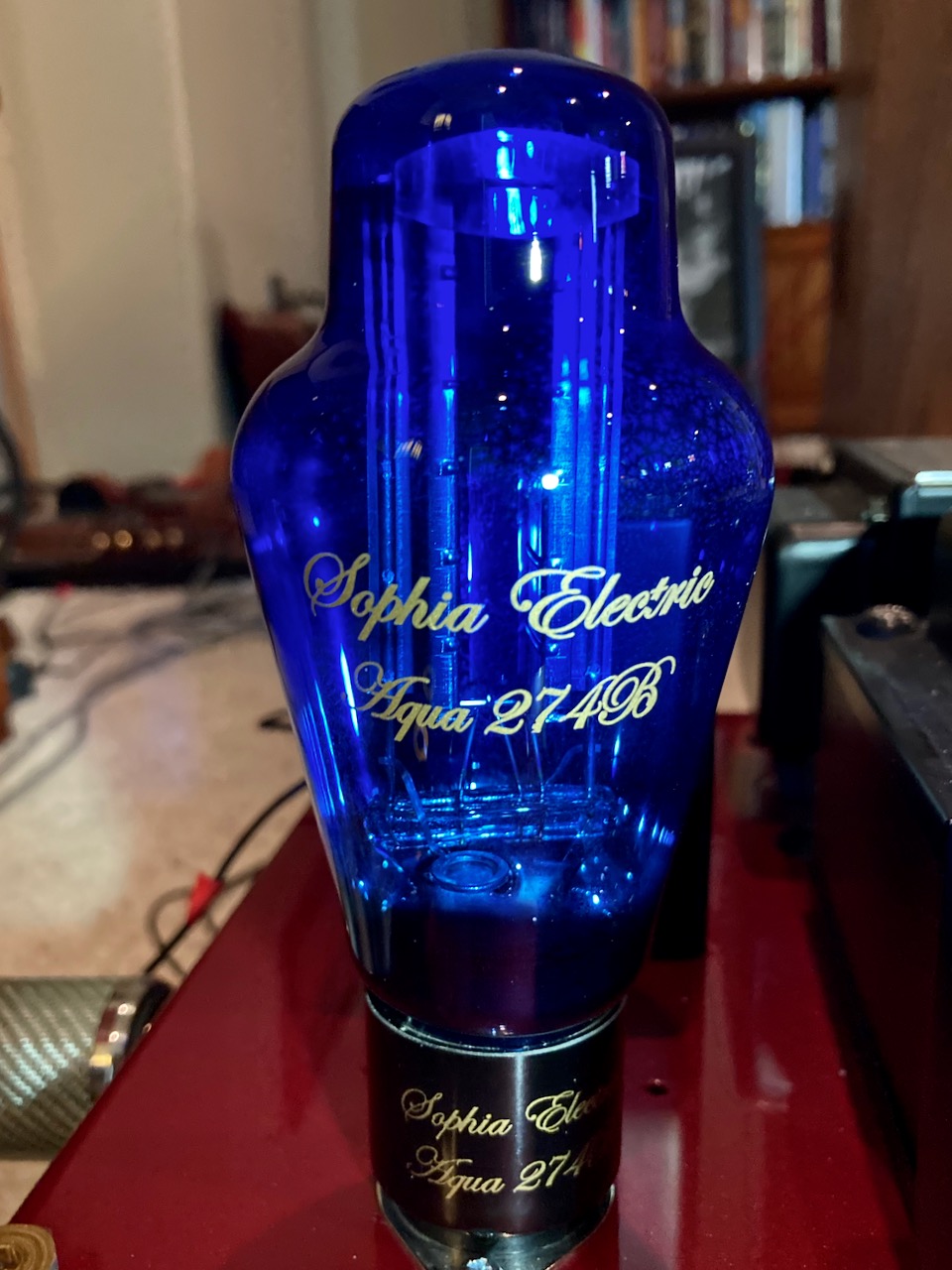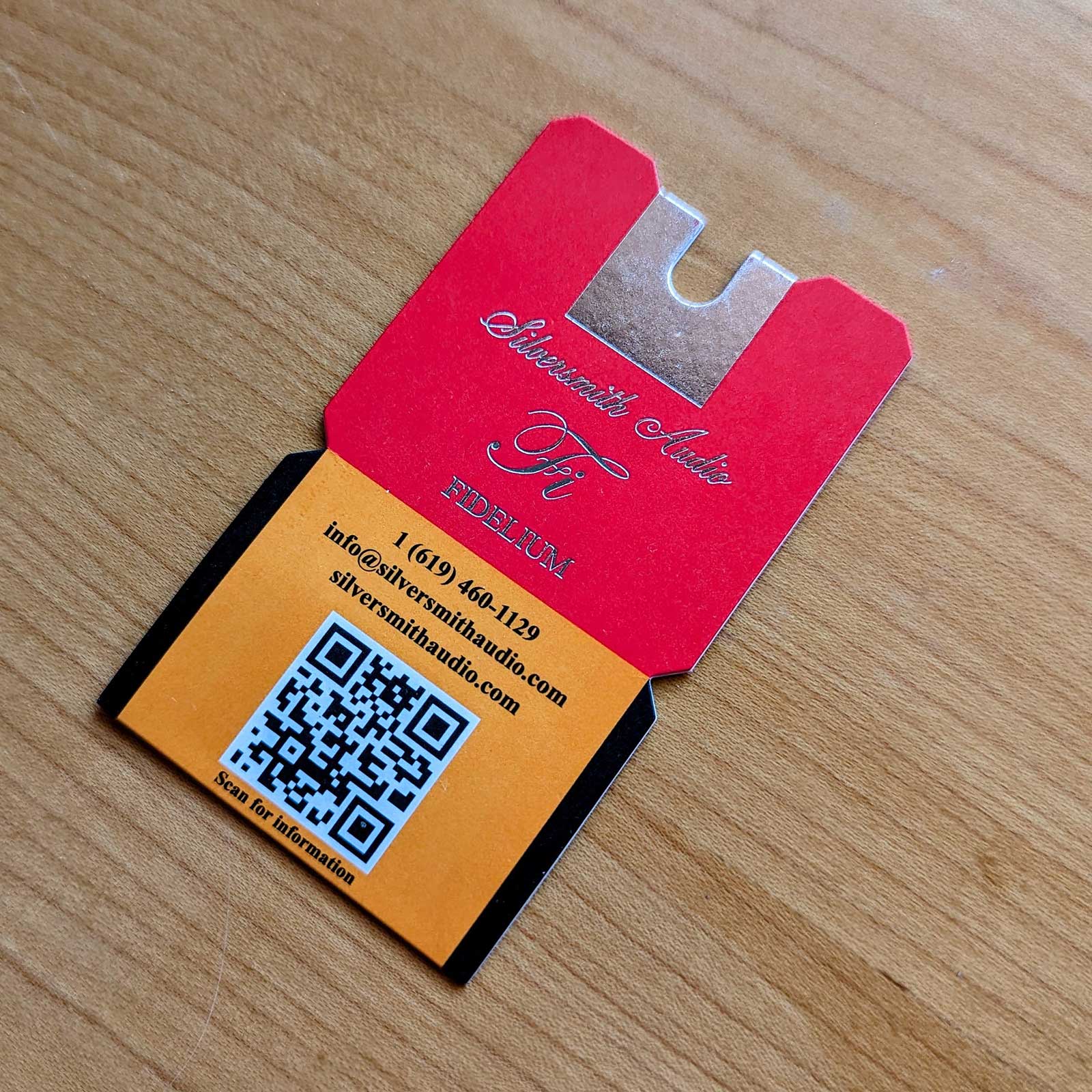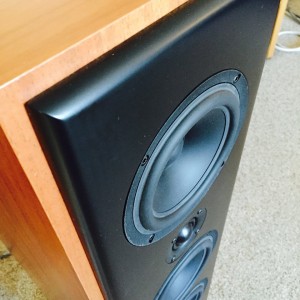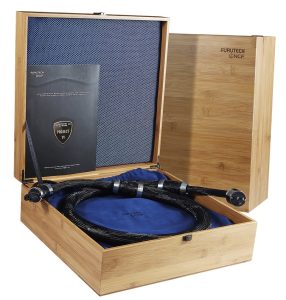Beginning at the end of 2003, PF established its first annual awards for fine audio. The Brutus Award was established for the best that David Robinson and Dave and Carol Clark had heard in their own listening rooms during that year. You can think of it as our equivalent of an "Editors' Choice" award.
The Gizmo Award, on the other hand, was established in memory of our very good audio friend, Harvey "Gizmo" Rosenberg, and is given by David Robinson to the most conspicuous audiomaniac(s) of the year. Only one Gizmo is given per year; some years, no Gizmo is given at all.
The following is an opportunity for our editors and writers to recognize superior merit in the audio arts though their "Writers' Choice Awards." Our writers and reviewers have been given broad leeway to cite excellence in fine audio wherever they find it: products, people, recordings, events, groups, etc., so that our readers can be better informed.
It is our hope that you will find the PF Writers' Choice Awards to be helpful to you in your audio journey.
All the best,
Positive Feedback
Myles B. Astor
Zellaton Plural Evos Speakers $69,750
So, so many speakers. So, so many choices. Where to start, when to stop? That 40+ year quest for the Holy Grail (and reviewing tool) led this reviewer to the exquisitely made and handcrafted German Zellaton Plural Evos and their unique three-layer sandwich midrange and bass drivers. There's more to the story too. The Plural Evo's midrange driver is a "widebander" covering a wide frequency bandwidth from roughly 90 to 7500 Hz. The best part about these speakers is they don't—whether it's Yello, Kenny Burrell or the Chicago Symphony Orchestra—favor one type of musical genre over another. Their effortlessness, speed, purity and coherency will conjure up memories of the best qualities of electrostatic speakers. Except without the dynamic range and bass limitations that come with electrostatic speakers. Add to that a massive and dense sound field combined with exceptional transparency. Nor are the Plural Evos as often tends to be the case nowadays a speaker in search of an amplifier. Excellent results were obtained here using either Goldmund's new Telos 300 stereo amplifier or Ensemble's Massimo Fuoco integrated amplifier. I was perfectly happy with my Magico S5 Mk. 2s but the Plural Evos are on an entirely different level and by the end of the review it was as my ex-wife Lisa once penned in Stereophile, "welcome to your new component."
Lyra Atlas Lambda SL phono cartridge $12,995
Lyra (once known Scantech) built cartridges have been among my most trusted transducers for the past 30 or so years. That adventure began with the original AudioQuest 404 cartridge in the ‘80s and 30 or so year later is still alive with the latest version of the Lyra Atlas Lambda SL (0.25 mV output). And as it turns out the new Lyra Atlas Lambda SL is I everything hoped for in the original Atlas SL cartridge. Reader's Digest version. The Lyra Atlas Lambda SL with its unique asymmetrical, yokeless, dual magnet design significantly narrowed the gap—using either the Doshi EVO or Goldmund PH3.8 phonostages—between the sound of records and reel-to-reel tape. Effortless sound. Resolution galore from the top to the bottom of the audio spectrum. Hypersonic yet not exaggerated speed. Unlimited wall-to-wall soundstage. Arguably the best bass of any cartridge out there. The best news of all is the midrange is far more neutral and warmer sounding. And the Atlas Lambda SL cartridge may have even more to reveal when it's finally mounted in the SAT LM-12 tonearm. The new Lyra Atlas Lambda SL is definitely belongs atop the list of anyone searching for the ultimate phono cartridge!
J-Corder Supreme Sides for Technics Reel-to-Reel Tape Decks, Starts at $192 and depends upon colors and other options.
Adding the Supreme Side Panels to your Technics deck won't necessarily result in sonic improvements. What they do result in, however, is enhancing that pride of ownership of your reel-to-reel tape machine. In my case, it turns out that the second Technics deck came with my Doshi phonostage was in perfect operating condition but the side panels looked like they had gone 15 rounds with Rocky. Enter Jeff Jacobs of J-Corder and his latest Supreme Sides with their newly developed finishing process. I opted after careful consideration to outfit my deck with the newest high gloss black finish/24 karat gold-plated side panel insert. The end result? My Technics RS1506 reel-to-reel machine—despite a few blemishes elsewhere—looks like a million dollars and oh so sexy! Best news of all? It took all of five minutes to install the two side panels!
Sierra Sound Enzymatic Stylus Cleaner $30
There's no question those delicate cartridge styli require constant cleaning (a procedure done here after each record side). Yet, what to use to clean those delicate styli/cantilevers has recently become a somewhat controversial subject. Liquid cleaner? Onzow? Ultrasonic? Magic Eraser? Whatever. Each method comes with its own pros and cons. Liquid stylus cleaners with a bristle brush were the preferred method of choice here (though have used a variety of methods) because I felt they resulted in the most thorough cleaning. Lately, the recently released Sierra Sound Enzymatic Stylus Cleaner has been seeing a lot more use than the other methods. This new stylus cleaning fluid came to fruition when Sierra Sound owner Michael Fajen, "asked a chemist he knew to formulate an alcohol-free cleaner that would not damage the stylus bonding agent." The end result is this simple, one-step cleaner that should since it doesn't contain any alcohol last for a very long time. Makes a great gift for that audiophile that has everything!
Recordings of the Year
Joe Policastro: Vibes Quartet, 15-ips tape, direct copy, IEC EQ, Engineers: Jonathan Horwich and Ken Christianson, Recorded at Pro Musica, Chicago, International Phonograph, Inc. May 17, 2021.
Congratulations to Jonathan Horwich and IPI for winning their third Positive-Feedback Product of the Year award in a row. And a repeat for Joe Policastro and his group. This amazing sounding jazz release—without doubt the best Jonathan (and Ken) have recorded—features a trio of jazz standards in addition to Cedar Walton's arguably most well-known compositions Ugetsu (Fantasy in D). There's no shortage of highlights on Vibes Quartet; my favorite is Mean To Me and how absolutely locked in Pamela York on piano and Thaddeus Tukes on vibes are here. Sonically, Vibes Quartet is ultra-transparent, harmonically rich and George Fludas' drums have real impact. Trust me. You'll never obtain this quality of vibes sound from your turntable no matter hard you try! Buy now or cry later (thanks Chad!)
Monty Alexander: Love You Madly: Live at Bubba's, Volume 1, 15-ips tape, 2XHD Fusion, IEC EQ. Producer: George Klabin and Zev Feldman, Recording engineer, Mack Emmerham, Executive producer tape: Andre Perry, Tape transfer: Rene LaFlamme, Album package editor: John Koenig, recorded August 6, 1982.
This single-reel tape from 2XHD Fusion contains four tracks from Monty Alexander's 1982 recording Love You Madly: Live at Bubba's album. (This performance, for the non-tape world, is also available on a Bernie Grundman remastered double LP from Resonance Records. HLP-9047). What differentiates this Monty Alexander tape from other recent live jazz concert releases? Recordings like Grant Green at Oil Can Harry's are of historical interest but in reality are very amateurish recordings. Some are not even put down at 15-ips either. Not here. Monty Alexander's Love You Madly: Live at Bubbas tape delivers the goods whether it be music or sound. And what sound that is! Big and bold. Dynamic and exciting. Swinging jazz with a Latin flair all in one package. And Alexander always has a surprise or two in store as he takes you through many twists and turns and into unexpected places! Oh, and the tape includes a wonderful booklet featuring interviews with Alexander, members of the band that day and other people involved in the recording.
Best news of all for Monty Alexander fans? There will be a follow up Volume 2 tape release of the Live at Bubba's concert!
Lee Morgan: Take Twelve, Jazzland, Producer: Orrin Keepnews, Engineer: Ray Fowler, Remastered by: Ryan Smith, Sterling Sound from original tapes (AAA). Reissued by Craft Records/VinylMePlease VMP-CO52, original recording, 1962.
Sadly, I was late to the party with Vinyl Me Please's record subscription service and forced to play catch up. Discogs to the rescue with some wonderful, all analog, from the original master tapes reissues of Black Sabbath's Paranoid (remastered by Kevin Gray), Donna Summer's Bad Girls (remastered by Ryan Smith), a 45 rpm, two record set of Charlie Rouse's Bossa Nova Bacchanal (remastered by Kevin Gray and to boot in stereo as opposed to Classic Records' mono release) and more. A sealed copy of November's release of legendary jazz guitarist Freddie King's My Feeling for the Blues (mastered by Ryan Smith) sits here saying play me please.
The first album that came with my initial three month Vinyl Me Please subscription was Lee Morgan's Take Twelve. What an album to start with! Here Morgan is backed by the likes Barry Harris, Clifford Jordan, Bob Cranshaw and Louis Hayes (Harris and Cranshaw would also appear on Morgan's next, motif rich Sidewinder) on Take Twelve. Ashawnta Jackson put Take Twelve in the proper perspective, "Reviewers of the time didn't have the luxury of history to look back on when they first heard the record…" Take Twelve gives us a glimpse of things to even better things to come but stands on its own merits too. The album is also a sonic blockbuster and the tone and range of Morgan's trumpet and Jordan's saxophone will have many an audiophile using this LP as a demo disc. Make sure to not only check out the Lee Morgan LP but the VinylMePlease.com record service too!
George Duke: Feel, Producer: Baldhard Falk, Engineer: Kerry McNabb, (AAA), MPS Records, 1974.
MPS Records marked the occasion of its 50th anniversary with select vinyl issues of the best recordings from their vaults. MPS thought of everything here even including a picture of the original master tape box for side 1. (For tapeheads and recording completists, this album was recorded at 15 ips, NAB, Scotch tape.)
Free stars the multi-talented Duke on vocals, ARP Synth and synthesizer bass backed by the likes of Obdewl'l X aka Frank Zappa (on side 1, track 2 and side 2 track 2), John Heard, Airto and Flora Purim. The album is worth it if all you listened too was track two Love. Here Duke goes to town on his ARP accompanied by old band mate Zappa's fiery guitar solos. The recording comes with wall-to-wall sound and densely orchestrated textures. In fact, I will also probably order the Horch House 15-ips tape reissue of Free because the sound on this album is otherworldly!
In fact, Feel was so good, that I purchased the MPS reissue of Liberation Fantasies and then just broke down and bought the whole George Duke 7 LP box set. There's no doubt that more than a few will follow in my footsteps once they hear Feel! Highest recommendation and not to be missed!
Juan C. Ayllon
Straight Wire Crescendo 3 Loudspeaker Cables 8ft pair $2800
It wasn't long after returning from my August 2020 tour of Straight Wire, Inc. (HERE) in Hollywood, Florida, that I introduced their flagship reference Crescendo 3 speaker cables to the company of the magnificent Pass Labs X250.8 amplifier, XP-12 preamplifier, and XP-17 phono stage feeding my extremely transparent Usher Mini Dancer 2 towers. To my astonishment, not only did they provide safe, unencumbered passage to the signal, but they did so with such incredible balance, dynamics, and detail that I never anticipated (a review will be forthcoming in the near future).
At the heart of the Crescendo 3 are seven equal diameter TPR hollow tubes inside one large PE tube. This facilitates greater flexibility and lower mechanical resonances. Twelve large conductive groups have modified dual insulation of "soft" foam PTFE and "hard" foam Polypropylene.
Utilizing Straight Wire's Compressed Conductor Technology (CCT), it combines the best attributes of solid-core and stranded conductor technology. Extreme care is given to the degree of conductor compression and pressure of the foam Polypropylene insulation. The resulting preservation of low level details coupled with unmatched dynamics and detail are easy to discern with this cable, creating synergy with reference components like the Pass Labs equipment in my system.
When I added the Crescendo 3 speaker cables, Virtuoso R2 Balanced interconnects, and Crescendo 3 balanced interconnect (between the Pass Labs X150.8 amp and XP-12 preamplifier), the resulting synergy between these cables and my system's components were spectacular. New levels of refined detail and balance were achieved. And for that, I give it my hearty recommendation for this award.
Review coming soon
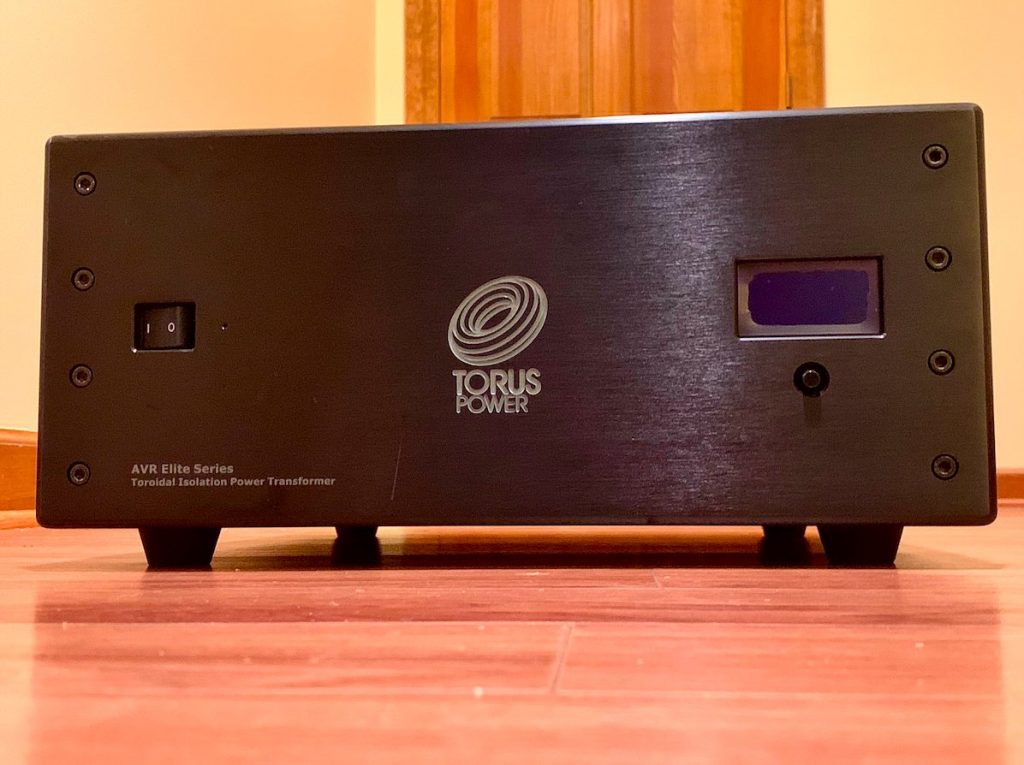
Torus Power AVR2 ELITE 20 Isolation Transformer $6999
The new Torus AVR2 ELITE20 not only protects and enhances, but it does so with 21st Century aplomb. It features their new TorusConnect Cloud-based monitoring and control. Introduced in 2020, it combines isolation-transformer-enhanced power management with remote capabilities, serving as a slick power control system for high-performance AV equipment. It features new PCB designs, a powerful 32-bit processor, a separate power supply board for a higher-quality audio path, a larger LCD display, and tighter voltage regulation. Its advanced Automatic Voltage Regulation provides protection against voltage fluctuations, accepting 85 volts to 135 volts and automatically shutting down when the voltage exceeds this threshold; it automatically restarts when the voltage returns to its normal threshold. Series Mode Surge Suppression protects your expensive equipment from power line damage.
Summed up, the AVR ELITE packs the following features and benefits:
- Toroidal Isolation for ultimate clean performance
- Automatic voltage regulation with 4V increments for stable voltage output
- Series mode surge suppression for protection against lightning, surges, spikes, and more
- Connects to local network using Web page browser for remote accessibility, monitoring, and control
- Addressable outlet zones for control and monitoring
- Scheduling and sequencing of outlet zones
- Email notification of fault conditions
- No programming or internet connection needed if not using Tours Power Connect service
- Powerful 32-bit processor
- Large graphic display of key power parameters for better usability
- Internal Flash memory for 10,000 events to record information when the Cloud is unavailable
- Internal high reliability power supply module
- Enhanced communication module that includes WIFI connectivity
- USB 2.0 port for third party connectivity, LED lighting and charging
- Optical isolation between high voltage and low voltage for increased safety and compliance with new standards
The benefits of the Torus Power AVR2 ELITE20 Isolation Transformer are too apparent to ignore. Besides protecting them from potentially damaging AC power incidents and providing excellent remote web monitoring and controlling options, with its extraordinary Toroidal Isolation, it delivers the ultimate in clean and instantaneous current, allowing them to achieve their full potential. And, for that, I give it a hearty award endorsement.
Read more HERE
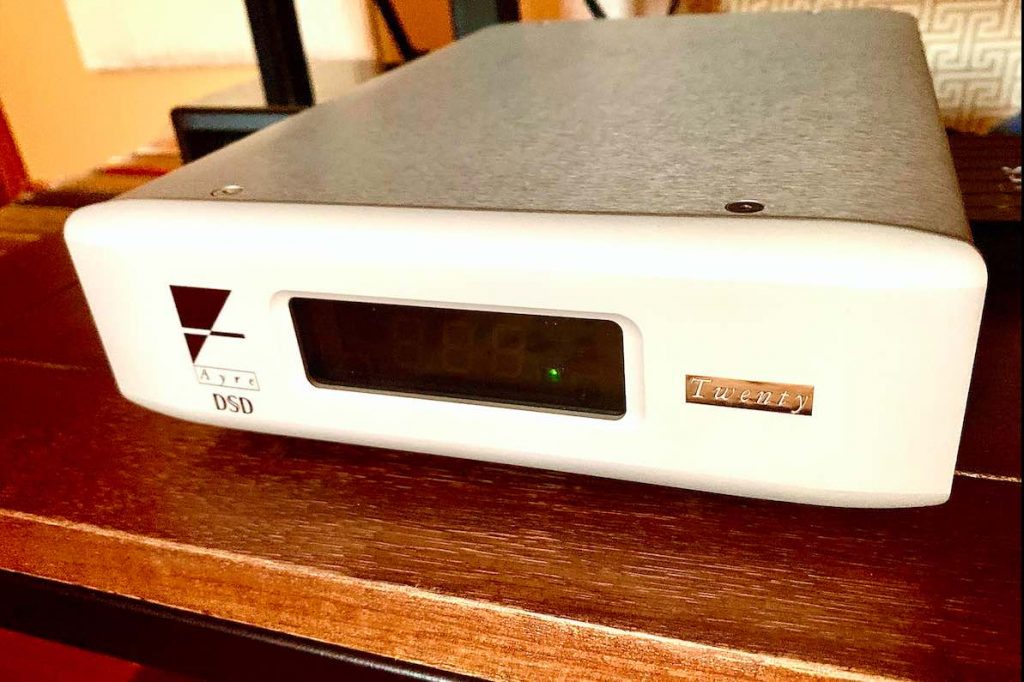
Ayre Acoustics QB-9 Twenty Upgrade $1500 (upgrade to Ayre QB-9)
Ayre currently offers a special upgrade program called "The Twenty" for their most popular product, the QB-9 DAC that has sold in the thousands worldwide. Although it is no longer in production, it is available on the used market from $900 to $1600, and it's lovely as ever. The Twenty upgrade is $1500 and that is regardless of what model version of QB-9 you have (Original, 24/192, or DSD).
The Twenty upgrade offers the following improvements:
- Their Diamond output circuit improves musicality and bass response.
- A new JFET differential stage lowers the noise floor.
- AyreLock power supply regulation for better rendering of fine musical detail.
- New AC noise filtering for improved resolution.
- Custom Ayre Asynchronous USB technology further reducing electrical noise in the system.
- New ESS DAC chip for improved signal to noise ratio and spatial detail.
- Six layer board design for optimal circuit isolation.
- Proprietary reclocking to eliminate USB domain jitter.
- PCM play back up to 384kHz.
- Native DSD capability up to DSD256 (4x).
- HDCD decoding.
The Ayre QB-9, itself, comes in an attractive minimalist chassis that's 8 1/2" W x 11 1/2" D x 3" H and weighs 5 lbs. Its façade is sparse; the front panel has no buttons, but merely a display window that indicates the sample rate of the music file being played (i.e., 44.1, 96, etc.) in blue numbers against a black background. A relative bargain, it packs a delightful delivery of everything digital served up. An outstanding value, the QB-9 Twenty can mix it up with the best of them and, hence, earns this award.
Read more HERE
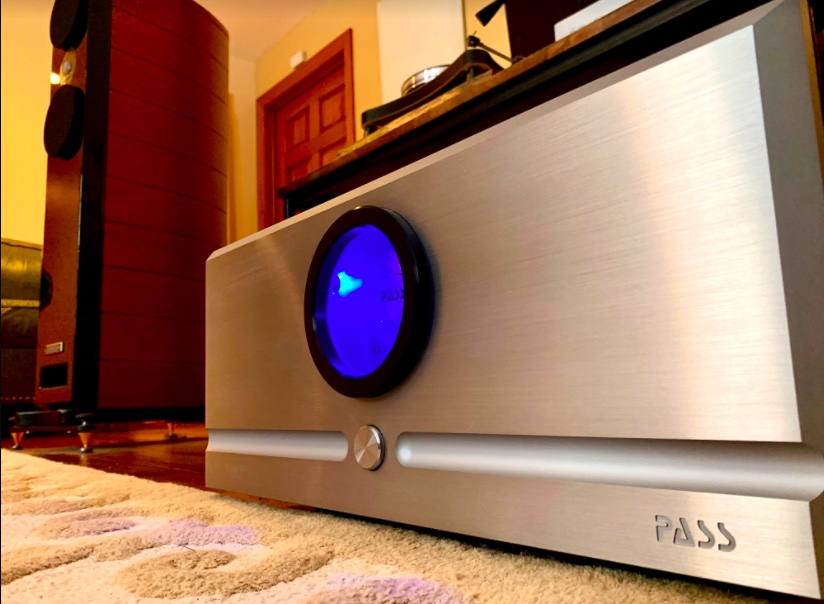
Pass Labs X250.8 Amplifier $10,000
Weighing in at 100 pounds it boasts a thick brushed aluminum billet faceplate with a large, blue-lit A/B meter at center, a standby button below flanked by its signature CNC router'd troughs on both sides, and the engraved name, PASS, at the bottom right. Large heat sinks adorn both sides of its 19" x 21.25" x 9" chassis. The X250.8 is rated at 26 dB gain, boasting 250-watts into eight Ohms and 500-watts into four Ohms. It has an input impedance of 50k Ohms for single-ended and 100k Ohms for balanced, a damping factor of 150, and a slew rate of 50 v/uS. The manual also adds, "The input capacitance is just a few picofarads so anything will drive it."
The Pass Labs X250.8 amplifier is a serious and masterful instrument, superbly engineered, reflecting the pedigree of its namesake, Nelson Pass, with great aplomb, delivering a presentation that is powerful and immensely sensitive, and true to its source. It only flexes its muscles when needed, but when it does, it does so with great authority. In its owners manual Nelson says, "Since the release of the X.5 series seven years ago we began working on what has now become the X.8 amplifiers. They embody everything we know."
Bottom line, it's the best amplifier that's graced my listening room and, hence, it has more than earned this award.
Read more HERE
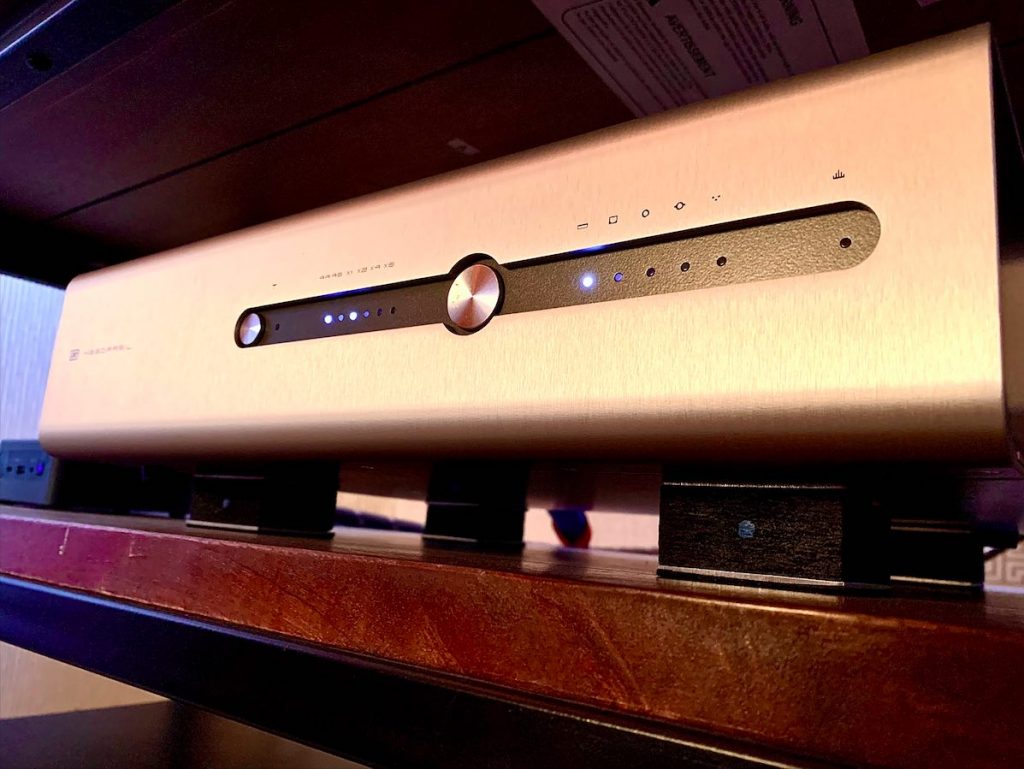
Schiit Audio Yggdrasil Analog 2 DAC $2599
The Yggdrasil is a modern minimalist beast. Weighing in at 25 lbs., the dimensions of its aluminum clad chassis are 16"W x 12"D x 3.875"H. Upfront, a button with tiny indicator lights selects the desired inputs, another to its left governs phase selection, while the rear sports, left to right: two pairs of RCA outputs, XLR (balanced) outputs; USB, optical (Toslink), Coax, BNC, and AES/EBU XLR inputs; and an IEC male power cord socket.
Through the years, a succession of excellent DACs have graced my listening room, and the best of them provided wonderful portals into the music, calling to mind country vistas viewed through a car's safety glass. With the Yggy, though, it is like opening the windows, rendering a rawer, richer experience with its combination of vivid detail, tactile qualities and punch. Bottom line, the Yggdrasil Analog 2 is the DAC I prefer most, garnering it this reward.
Read more HERE
Michael Corsentino
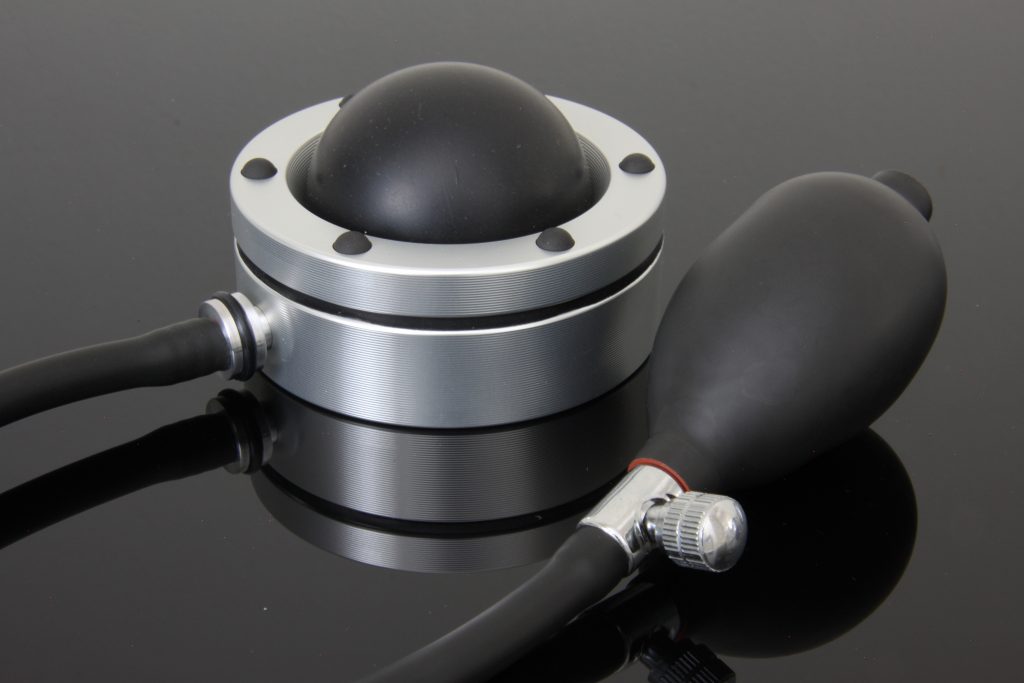
Pneuance Pneupod Isolation Feet From $250
In a field as crowded as after market footers for audio components is, it's easy for a worthwhile product to get lost in the shuffle. Deciding which footers are right for your system from so many products, making so many promises, and touting so many competing technologies can give even the most inveterate audiophile a splitting headache. This is why I've chosen Pneuance Audio's Pneupod pneumatic isolation feet for my one and only 2021 Writers Choice Award.
I wanted to once again call your attention to Pneuance's isolation feet, models NP-1 and NP-2, which support up to 20, and 40 lbs. per footer, respectfully. I reviewed these air bladder operated footers back in 2019 after placing a set of four NP-2s, under my 80lb VPI Avenger turntable (full review HERE). As I reported then I was immediately impressed by the Pneupod's eye catching and robust machined aluminum build quality, ease of installation and ease of use. Most importantly as you can read in my initial review they made a marked improvement in my turntable playback. Lower noise floor, expanded soundstage, increased micro-dynamics, etc. All the would be improvement check boxes were ticked, and I was and am still solidly impressed. So much so in fact that I picked up another 2 sets of 4 NP-2s for use under my Zesto Eros Monoblock vacuum tube amplifiers.
Vacuum tubes are especially sensitive to unwanted vibrations, which can and do result in negative sonic effects such as heightened noise floor, collapsed sound stage, reduced dynamics, microphonics, and general tube voodoo. Tube owners know what I mean. I had already dipped my toe into isolating tube gear by placing a set of Pneuance's NP-1s under my Zesto Tessera Phono stage and was duly impressed by the results. Read Robert Levi's excellent review of the Zesto Tessera HERE. The increased clarity, substantially lower noise floor, and expanded soundstage were all proof positive that Pneuance's Pnepod isolation footers worked wonders on tube component performance. This got me excited about hearing what Pnepods could do for my floor based Zesto amplifiers.
The Zesto Eros Monoblocks are mighty beasts in both sonics and weight at 80 lbs each. Any footers under these behemoths had to be up to the task. Especially those utilizing an air bladder design. After over a year of use the N2s have proven themselves more than worthy. Much like the improvements I experienced with the NP-1's under the Tessera Phono Preamp, the NP-2s worked the same magic and then some under the Zesto Eros Monoblocks. With eight of the NP-2 isolation footers in place the improvement was far from subtle. At the risk of repeating myself soundstage was again broadened, dynamics again heightened, noise floor once again substantially lowered, clarity again increased. Basically all the positive improvements I'd experienced first with my turntable, and then with my phono stage were now being applied to a more fulsome degree and to great effect on my amplifiers.
Suffice it to say I'm a fan of Pneuance's pneumatic isolation solution and the positive impact their Pneupod footers have had on my system. If you're in the market for footers do yourself a favor and give Pneuance's Pneupods serious consideration.
Read more HERE
Larry Cox
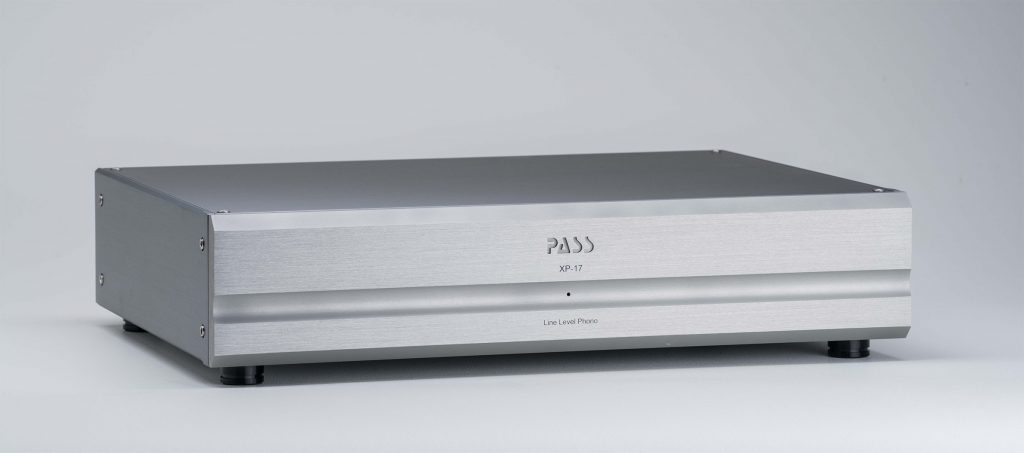
Pass Labs XP17 Phono Stage $4300
Pass Labs' entry level phono stage priced below, and I assume outperformed, by their upmarket XP-27 at $11,500 and the XS Phono at $45,000. It is still a gem amongst its rarer brethren. The XP-17 accepts one RCA input, but sends both balanced and single ended output. It features adjustable impedance, capacitance, and gain. There is a healthy array of adjustments for moving magnet cartridges, and gain is sufficient for low output moving coils.
I am not sure whether break-in occurs in products or between my ears, but I preferred my EAR Phono Classic ($1800) to the Pass during the latter's initial stages with my low output (0.28mV) Dynavector XX2MkII, although not by much. The EAR was a little more pleasant, probably as a more forgiving and less resolving phono stage, making for more fun listening. At no point was the XP-17 harsh, grainy, or unpleasant. With more time, listening or break-in, the XP17 eclipsed the Phono Classic making it as pleasing as the tubed phono stage, while also allowing finer resolution. Both are wonderful sounding and your funds will determine whether it's worth the more than $2000 difference.
Coupled with my eBay find, a Thorens TD 125 (MkI) on an Audiocraft AC300, and a Shure M95EDM the XP-17 was fantastic, belying that front end's less than $1,000 cost. Fiddling with the Pass' settings on impedance and capacitance yielded striking improvements in performance from the Shure's moving magnet design. Adjusting impedance and capacitance did not reveal a similar sonic transformation with my much more expensive moving coil Dynavector. It's possible that I simply did not fiddle long enough with the right settings with the XX2MkII in play, but I also got to good sound quickly.
In these days of more granular reproduction of ever more microscopic sound, the Pass left the corral of exacting reproduction for the open fields of beauty, pleasure, and relaxation. Is the XP17 a tube-y sounding phono stage? Sort of but not really. Grainless? Sweet? Smooth? Yes to all three which are commonly said to be the province of tubes, but tube amplification can create a palpability that solid-state and the XP-17 did not for me. It's possible with more tweaking, I could have gotten a palpable sound stage, but... that's not an attribute of importance to me. Realistic tone and timbre are hard enough to come by, and a value I prefer far above imaging, that I leave that pursuit of that character to terrorize other audiophiles.
In short, I loved the XP17, I can't imagine a music lover not enjoying it.
Review coming
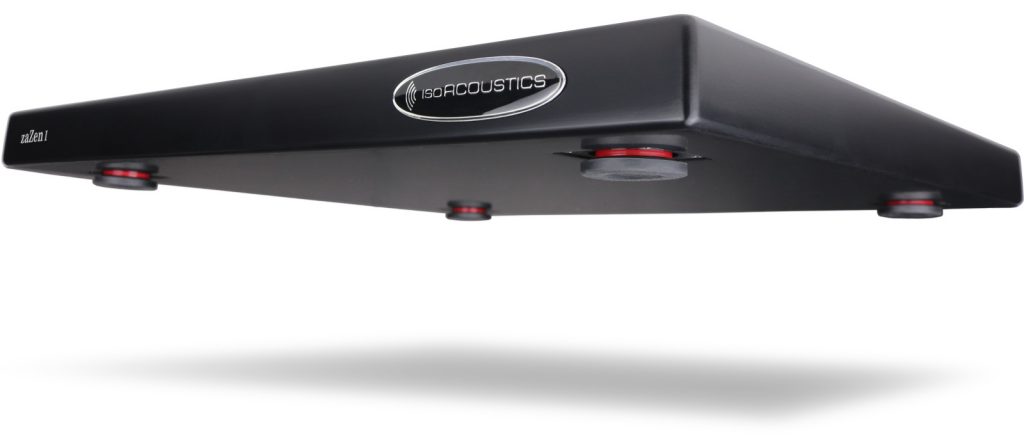
Isoacoustics' ZaZen II Isolation Platform $229
An isolation device designed for turntables and other devices that vibrate—what in audio doesn't—you select the Isoacoustic model based on the weight it will be supporting. Many lighter weight turntables will be fine with the ZaZen I, (up to 25 lbs.) but my 35 pound table was better matched with the ZaZen II, (up to 40 lbs.). Do you have a heavier turntable? Look at the more costly, but not necessarily more appropriate Delos models. I imagine that devices that aren't within the sweet spot of the Isoacoustics product won't extract all the Canadian product can offer.
Vibration damping can be a mixed bag. Added to an overdamped setup, that can be a problem. Added to an underdamped and it could be "just right." I found it difficult to unwind exactly what the Zazen II Isolation platform did, just damp... or what. Its effect in use was non-obvious, but at the moment of taking it out or putting it in, there was a noticeable, and welcome, difference. Overtime, whatever its colorations might be, they seemed broad band enough that their impact was not evident when in use. That's a good sign. I returned the review sample and wish I'd kept it. Living like a spendthrift for a year had me clutch my purse strings, perhaps too soon. I hope to investigate their Gaia speaker footers.
Read more HERE
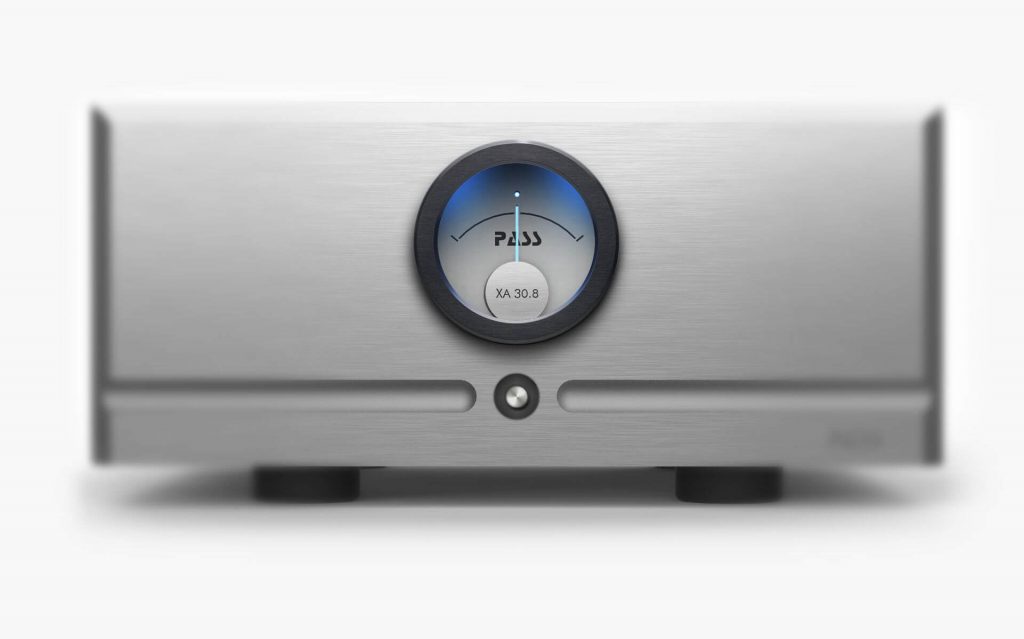
Pass Labs XA30.8 $6800
I am writing a third pass at this Pass amp, to be published soon. An amplifier that operates to approximately 30-watts in Class A mode, before flexing approximately 200 watts into 4Ohms in Class A/B, physically it's a visual behemoth, albeit an elegant and well executed one.
It might err on the side of polite, though it is slight enough that cable changes alter the perceived output. The XA 30.8 can still take a bite, when the music bites. Talking Heads' "Blind" from their Naked album was thoroughly detailed, with musical bite and elegance. Sticking with the Heads' Remain in Light's "The Great Curve" was a tight, rhythmic, and entrancing selection. Numerous vocal recordings yielded the timbre that quickly, easily, and eerily distinguished the singer. There are more "just the facts" amps out there, a few of which are probably in the Pass corral, but this is a pleasing and easy to enjoy amplifier. A bit more Marianne than Ginger, as well as more PG than porn detailed. Depending on what you want, the XA 30.8's performance could be "just right" for you.
Read more HERE
Jeff Day
Every year when I receive the message from Editors Dave and David that it is once again time for Positive Feedback writers to turn in our three Writers' Choice Awards for the year, I reflect back on my year in audio, the products I've written about for Positive Feedback, and my long-term impressions about them.
The Writers' Choice Awards always creates a personal drama for me, as I down-select to three from a group of high-performance artisanal audio products that I have written about over the course of a year, with each potentially deserving the recognition of a Writers' Choice Award.
However, only three can make the final cut, so now for the drum roll announcing my three Positive Feedback Writers' Choice Awards for 2021!
Sorry, I just couldn't do it. I just couldn't narrow it down to three. So, after I wrote the above sentence, I sent a message to Editors Dave and David, begging them to allow me to expand my awards to five this year to recognize these five significant contributions to the audio arts.
Thankfully, Editors Dave and David extended grace to me for five awards. So now for another drum roll, and my five 2021 Positive Feedback Writers' Choice Awards for 2021 are:
February 2021: The Pass Labs XP-17 Phono Preamplifier: Wayne's World! $4300
The XP-17 is a superb phono stage by any measure, and has taken its place as my reference solid-state phono preamp.
Being able to optimize the Pass Labs XP-17 for different phonograph cartridge loading and gain needs turns out to be a big deal, and was quite the revelation for yours truly.
For audio writers, and those who like to keep a stable of various phonograph cartridges to listen to, the Pass Labs XP-17 phono equalizer is a particularly valuable and powerful device, which can deliver the best possible performance from any phono cartridge you may choose to listen with at any given time.
The Pass Labs XP-17 phono preamplifier possesses exemplary sound quality and musicality, has an excellent build quality, was non-fussy in interfacing with the various audio system equipment combinations I tried, and its very useful adjustability features allowed me to get excellent performance out of the moving-coil, moving-iron, and moving-magnet phonograph cartridges I explored for this article.
If you are in the market for a phono equalizer, I recommend you give the Pass Labs XP-17 phono equalizer a listen, and I think you'll come away impressed with its versatility and performance, just as I was.
Read more HERE.
May 2021: The Art of Vacuum Tubes: Sophia Electric 45 Mesh Plate Triodes and Aqua 274B Rectifier!
The Sophia Electric 45 mesh plate triodes clarity, resolving power, and naturalness were unmatched in my experience, and their ability to seem much more powerful than their 2-watt rating would suggest really impressed me. In the Triode Lab 45 EVO integrated SET amplifier they drove my Westminster Royal SE loudspeakers to live-like levels, a feat that ten times more powerful amplifiers have failed at.
I've already given a well-deserved Writers' Choice Award to Sophia Electric for their Aqua 274B rectifiers in 2017 HERE. Nothing has changed since then, and the Aqua 274B rectifiers are still my all-time favorite rectifiers for their superbly balanced combination of clarity, resolving power, and naturalness that they share with the Sophia Electric 45 mesh plates. I should add that the Aqua 274B rectifiers from that 2017 review are still going strong four years later, and are still sounding as fantastic as they did when I first received them.
The combination of the Sophia Electric 45 mesh plate triodes ($425 per matched pair) and Aqua 274B rectifiers ($180 each) in the Triode Lab 45 EVO SET integrated amplifier provided the highest-performance combination of musicality and sound quality from my Westminster Royal SE loudspeakers that I've ever heard in my home.
Read more HERE
June 2021: The Triode Lab 45 EVO Single-Ended-Triode Integrated Amplifier: The Evolution of the First Watt! $7500
The 45 EVO from Frank at Triode Labs is my favorite amplifier for my Tannoy Westminster Royal SE loudspeakers, and has become my reference SET amplifier for them.
The 45 EVO is so good it's scary! Beautiful tonality, remarkable resolution, bass to die for, astonishing dynamics, superb musicality, unparalleled sound quality, and it drives my Westminsters with ease, which a lot of amps that are ten times more powerful can't do as easily. I love the 45 EVO.
The build quality, fit and finish, and components quality of the Triode Lab 45 EVO integrated amplifier are all first rate, and it has been totally reliable in use. I love the appearance of the 45 EVO, and seeing all those beautiful vacuum tubes glowing during a listening session is a visual treat, and gives me that warm glow of happiness.
I feel happy when listening to all kinds of music with the Triode Lab 45 EVO in my system. Happy. Very highly recommended to all those seeking musical happiness!
Read more HERE
July 2021: The Audio Note (UK) Io I MC Phono Cartridge, AN-S4 Step-Up Transformer, AN-V Silver Interconnects, and AN-SPe Silver Loudspeaker Cables: An "Out of this World" Listening Experience!
The Audio Note (UK) Io I MC phono cartridge ($5029), the AN-S4 step-up transformer ($7543), and the AN-V silver interconnects ($919 for 1-meter pair) were Peter Qvortrup's recommended introduction to me of an entry level moving-coil based Audio Note (UK) high-performance analog source.
I found the combination of the Audio Note (UK) Io I MC phono cartridge, the AN-S4 step-up transformer, and the AN-V silver interconnects to be truly extraordinary and without peer in my home listening sessions. Whether in terms of sound quality or musicality, nothing I've listened to in my home has come close to this combination as an analog source.
The Audio Note (UK) analog front end pretty much blew my mind with how superbly it played music, and how extraordinary its sound quality was. This combination of Io I MC phono cartridge, AN-S4 SUT, and silver cables have become my reference for vinyl playback on my trusty CTC Garrard 301 turntable.
I suspect, that upon purchasing this combination, that your journey of trying to find an analog front end that does everything well will come to an end, and you will be content with it forevermore. I encourage you to get out and listen to this combination of equipment at your local Audio Note (UK) dealer so you can hear these for yourself, as they are truly something special.
I very, very, highly recommend the Audio Note (UK) Io I MC phono cartridge, the AN-S4 step-up transformer, and the AN-V silver interconnects to you as a high-fidelity analog front end.
Read more HERE
August 2021: The New First Watt F8 Stereo Amplifier from Nelson Pass: Time Travel In a Black Box! $4000
The elegance and simplicity of Nelson Pass' circuit design for the First Watt F8 yields big dividends when listening to music. There's just less components inside the F8's circuits to get in the way of the music, and you can hear that elegance and simplicity in the F8's pure and thrilling presentation of musical performances.
On my sensitive collection of loudspeakers—my Westminster Royal SE loudspeakers, as well as my various vintage Altec loudspeakers—the F8 was absolutely dead quiet in operation, which is an important consideration for the sensitive loudspeakers the F8 is likely to be used with.
The F8 lends a sense of almost eerie authenticity to recordings from any of the recording eras that made me feel like I was hearing the musical performances in the way they were intended to be heard. There's an uncanny feeling that the "spirits" of music's past were brought back to life, and were there with me in the listening room. The F8 is exciting and addictive in its musical resurrection powers.
The build quality of the First Watt F8 was superb. Like all of Nelson's First Watt amplifier designs, the F8 is likely to be utterly reliable, and will probably be on Planet Earth and making music long after all of us reading this are gone.
The First Watt F8 is very high-value in nature. At $4000 USD, the First Watt F8 is remarkably affordable for its lofty level of performance.
I have had a blast listening to music with the First Watt F8, and it is one of the easiest amplifier recommendations I can imagine. The First Watt F8 is one of the great amplifiers. Yes, very highly recommended!
Keep in mind that Nelson's First Watt masterpieces are usually only available in limited quantities, and once they are sold out you are out of luck. So if you have an inkling that the F8 is for you, don't dally, or you may be sorry.
Read more HERE
Well that's it for my Writers' Choice Awards for 2021. I have to say this was a spectacular year for writing about high-performance audio components. Each of these components have become my references for their respective audio categories, and will be my benchmarks of comparison for the audio components I will be writing about in 2022. As always, thanks for stopping by Positive Feedback to read my articles, and may the tone be with you!
Malcolm Gomes
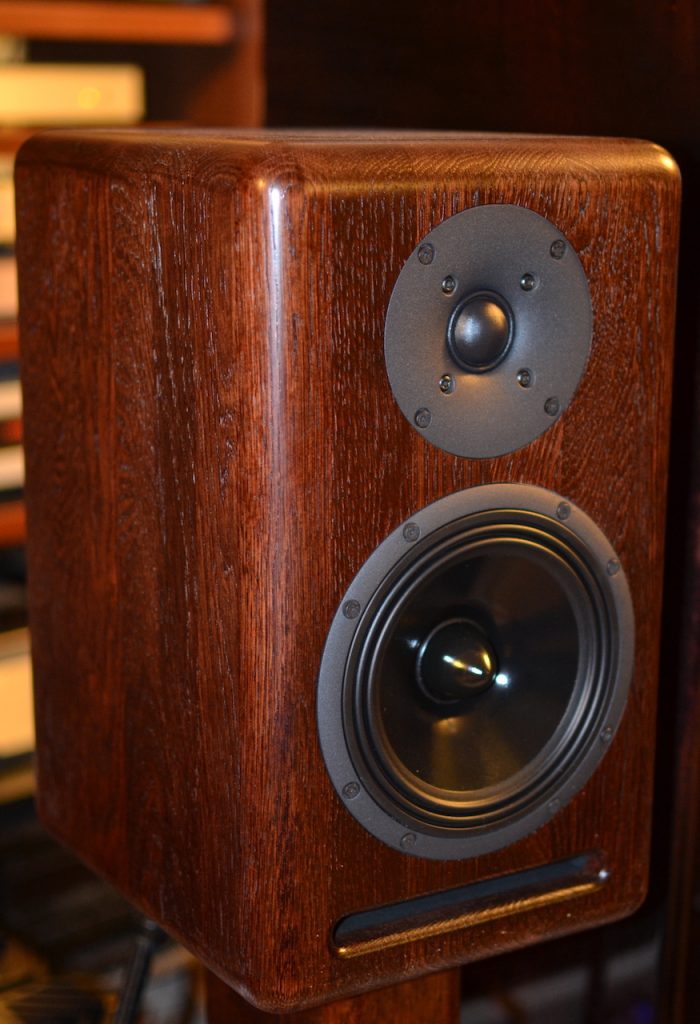
Xavian Ambra Esclusiva Loudspeakers $3695 (speakers), $1045 (stands)
They sonically disappear from the room, leaving you with a big and bold sound stage that you would expect to hear from a much large speaker. I was particularly surprised by their prodigious bass capabilities, given their relatively modest sized woofers. However, what really caught my attention was the way the Ambra Esclusiva got its woofer and tweeter to dance together in such near perfect harmony.
This is a pair of bookshelf speakers that are a treat for your eyes as much as it is for your ears. They are exquisitely crafted and solidly built to last a lifetime. With proper care, they can should last long enough to be left to your next generation to enjoy. You will be hard pressed to find another bookshelf speaker that delivers the midrange that is so musical, organic, rich and full as the Ambra Esclusiva.
Read more HERE
Gary Lea
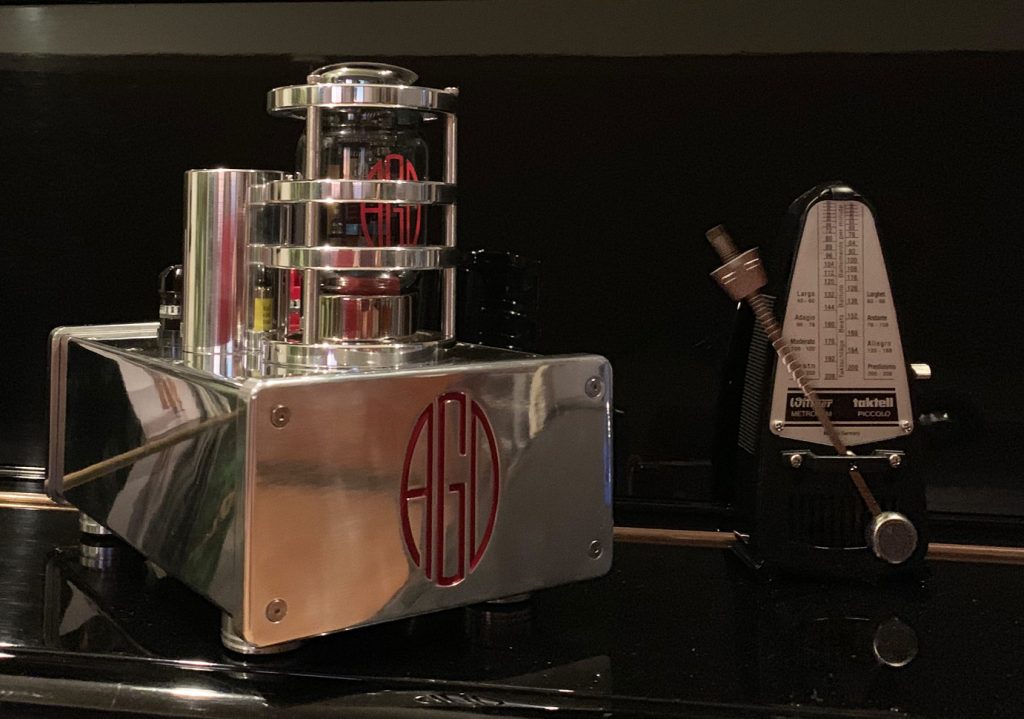
AGD Audion Monoblock Amplifier $8400 per pair in chrome and $7500 in matte finish
When I was offered an opportunity to take a second look at the AGD Amplifiers I jumped at the chance. Class D has always been something of a stepchild in the audio community. After living with these two amps for a nice long period, I can honestly say this may well be the future of class D, and certainly remove some of the hesitation about buying class D amps.
The AGD Audion mono-block amplifiers are the brain child of Alberto Guerra. Alberto is a gifted engineer who holds a number of different patents related to his work in the Semiconductor field. Having been with International Rectifier (now called Infineon) for a number of years, he honed his craft and was involved with developing the Gallium Nitride (GaN) semiconductor technology that is the basis for the transistors used in the Audion amplifiers. All these electronics are housed in a glass tube reminiscent of the KT88 tube.
To say the least, I had my eyes opened about how Class D can sound when it is delivered through these amplifiers. I was actually quite taken aback when the Audions arrived. They were shipped in a nice Pelican case. I thought, when I got the case, that perhaps the amps were sent in separate cases due to the relatively small size of the case.
What I found so enticing about the amps were the following things:
- Small and very compact dimensions that allow easy placement anywhere (I am facing having to downsize in the next 5 years so that is an important issue) even in a small room.
- They are incredibly attractive amps (be honest we all crave good looks in our gear) and I never ceased to enjoy looking at them.
- The sound is exceptional and 170 watts per channel will drive any speaker on the planet. Being the owner of relatively modest powered tube amps, 50 and 60 watts a side, sometimes reaching truly satisfying concert levels can be a chore unless you have exceptionally high sensitivity speakers, say over 95 dB.
As I said at the end of my review:
"They are up there with many amps I have listened to at three times the price, and gave my Carys a run for their money at half the retail price. Is it the first pick for a diehard tube amp person? Probably not. For someone who has solid-state amps and wants something with the speed, detail, and power of solid-state with a little less edge and some warmth, the AGD Audions have to be right on the top of the list. For the tube amp fan who wants a bit more control and slam in the bottom end without sacrificing overall emotional delivery, the AGD Audions should be on your list, especially if, like some of us older folks, you are looking to downsize and that bombastic over the top system simply will not fit. I explained to Alberto, as I continue to look towards a smaller single story house of about half the size of our current digs, I will be taking another look at the AGD Audions, as they are sitting at the top of my small amp "possible purchase list." I can honestly say that I can recommend these amps with zero reservation. Your biases against Class D amplification may well be completely unfounded after listening to these amps. Check them out and get ready to have your paradigm shifted a bit!"
Read more HERE
Steve Lefkowicz
In spite of the pandemic and lockdown I had the opportunity to try out and review many pieces of equipment this past year, several of them worthy of a Writer's Choice Award. Though we are normally limited to a maximum of three awards, I will take this opportunity to recognize four pieces that certainly deserve special recognition. Two already had their reviews published, and the other two will post very soon.
First my usual reminder for readers that my choices are always based on two factors:
- Pure sound quality—Does the sound quality of the piece in question warrant special consideration within the context of my focus on not just high-quality, but true high-value. Is it something I could live with, and is it something I would want to live with?
- Value—At the retail selling price, does the equipment not just seem competitive but actually impress as being exceptional. Being "good enough" at its price point isn't good enough to win an accolade from me. I have to feel it is special and an excellent value at its price point.
In this case my submissions for awards cover the front and back end of my audio system—source components and loudspeakers.
With that in mind here is what I've gone with:
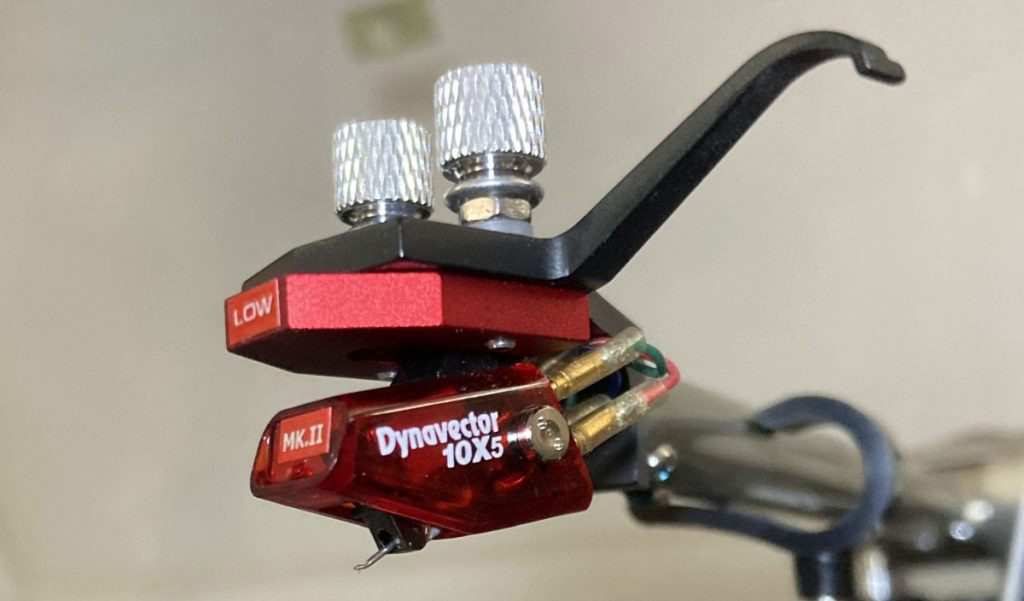
Dynavector 10X5 MKII Low Moving Coil Cartridge $750
The more I've listened to records with this cartridge the more impressed I've become with it. It digs deep, offering excellent resolution while maintaining an exceptionally low noise floor. When loaded properly it has smooth extended upper octaves with no harshness or brightness, but without glossing over anything. I've tried 250 and 330 ohms with great results. Bass is strong and powerful and very well defined. Imaging has continued to improve since my review published, and is now wide, deep, and scaled beautifully. In my Linn Ittok tonearm it tracks superbly and stays as clean and distortion free as I've heard from a cartridge as it traverses even badly warped records. Its Shibata III stylus does demand careful alignment, though with the right tools it wasn't that difficult to setup. Though the under $1000 cartridge market has many strong offerings, the 10X5 MKII Low is easily a strong recommendation. Those interested in it will probably have to ask their dealer, as it is a US Market exclusive, and does not show up on the Dynavector web site.
Read more HERE
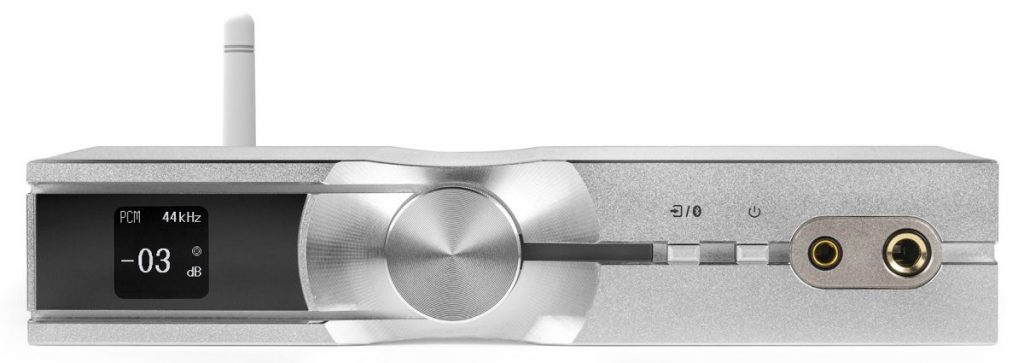
iFi NEO iDSD DAC $699
The NEO iDSD was a bit of a surprise to me, as I really wasn't expecting as much of an improvement over my previous DAC (an iFi Micro iDAC2) as I ultimately realized. The NEO iDSD is a rare minimalist device from iFi among their DACs, with no choices of filters or other enhancements. What you do get is seamless and trouble free handling of both PCM and DSD files (up to quad-DSD) with exceptional sound quality. Inputs for USB, TOSLINK and Coax allow for easy integration to a proper home audio system. A very high quality analog volume control with remote allows skipping a preamp/line stage and feeding directly to a power amp, if you choose to go that way. It offers both single-ended and balanced outputs, and I've recently been using a tube line-stage with balanced inputs. There is definitely an improvement in sound quality using balanced connections. For those streaming from Tidal, the NEO iDSD is also a full MQA decoder and renderer. Regardless of anyone else's opinions of MQA, if you are streaming Tidal you are missing out on its best sound quality if your DAC doesn't handle both decoding and rendering. Streaming 24-bit from Qobuz through this DAC keeps me entertained for longer sessions than I've ever had when listening digitally.
I may be known as more of an analog/LP guy, but since the NEO iDSD has taken up permanent residence in my system the amount of time I spend listening digitally (Qobuz, Tidal, and lots of files stored on a hard drive) has increased dramatically.
Read more HERE
GoldenEar BRX monitors $1598/pair
Over the past twenty years or more, every time I review a small, stand-mounted speaker I explain why I don't like small, stand-mounted speakers. Yet, here I am giving this notably small, stand-mounted speaker an award. Let's just say I was very impressed. The BRX, though not the largest of GoldenEar's lineup of stand-mounted speakers, is their most expensive and most ambitious. Based on the technology from their top of the line Triton Reference, it brings advanced cabinet design, drivers and crossover to a much lower price point. The HVFR tweeter (and AMT style driver) is simply one of the nicest sounding tweeters I've heard (rivaling, though not surpassing, the quasi-ribbon in my Maggie .7). The tweeter blends seamlessly with the 6" polypropylene-cone woofer, itself derived from the mid-bass driver of the Triton Reference. Two side mounted flat surface passive radiators, common technology in GoldenEar's speakers, make for surprisingly deep and tuneful bass for such a small speaker, solid to around 40 Hz or so in my room. When situated properly and in the sweet spot, I heard the biggest, widest and deepest soundstage I've achieved in my listening room. These speakers sound much bigger than one might expect. Maybe I still don't go for small, stand-mounted speakers for my own system, but I do recognize excellence when I hear it.
Review coming soon.
Tekton Design Perfect SET 15 $2200/pair
I've had three Tekton Design speakers in my system in the past. The much larger Double Impact proved problematic in terms of optimizing sound quality in my room, though they sound every bit as good as I described them in a friend's much larger listening room. The Impact Monitors that are fellow PF contributor Victor Chavira's current speaker of choice sounded wonderful in my system for the month I borrowed them. Tekton's Lore has been my primary speaker since 2012. So with the Perfect SET 15 we get a variation on Tekton's patented tweeter-array-as-midrange-driver technology, coupled to a 15" pro audio woofer with a benign 8-ohm load and designed for tube amplifiers from 1 to 8 watts. However, the "power-rating" is more about how loud you play than how much power the speakers will take (they are actually rated up to 300 watts). They are tuned to well-balanced up to the mid 90 dB range and above that the bass can be a little overblown in relation to the midrange. That's perfectly fine with me, as I rarely, if ever listen louder than that. We also get a speaker that has the resolution, not of an electrostatic, but of the best ribbon drivers I've heard. These are uncanny in their ability to let you hear things deep into a mix. All the dynamic capability that has been the hallmark of Tekton speakers is here in abundance, too. Bass is solid down to the mid 30 Hz range, with enough impact that I feel no need for a subwoofer. These are extremely sensitive to every aspect of the upstream gear used, and can be ruthless when mismatched. I've used three preamps (active and passive), four full sets of cables and five different power amps so far, ranging from 5-watt single ended tube to 100-watt Class A/B, with results ranging from glorious to rather unpleasant. More amps will be tried before the review publishes. Understand these for what are, build your system around them and they are something truly special.
Review coming soon.
Robert H. Levi
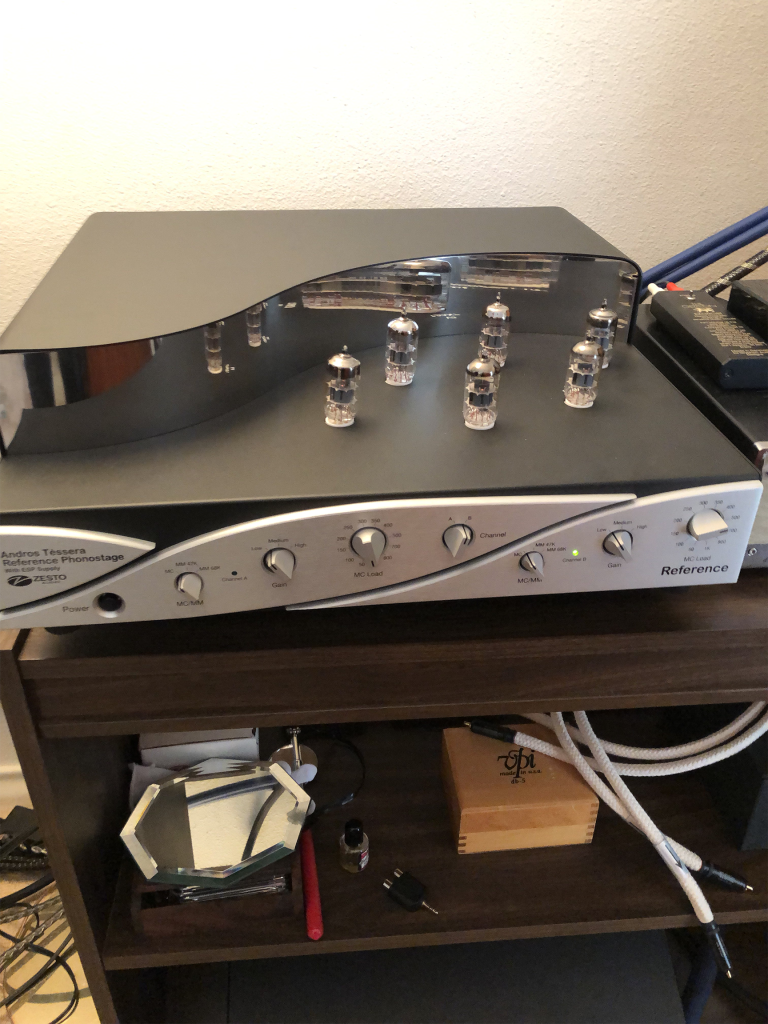
Zesto Audio Andros Deluxe II Vacuum Tube Phonostage Preamplifier and Andros Tessera Reference Vacuum Tube Phonostage Preamplifier
Zesto Audio is again reaching for the state of the art with their 2021 phono stage offerings and bringing new thinking to vacuum tube phono reproduction. Designed and built in California at the direction of master engineer George Counnas, the Andros Deluxe II Vacuum Tube Phonostage Preamplifier and the Andros Tessera Reference Vacuum Tube Phonostage Preamplifier are groundbreaking units and perform with extraordinary organic and dynamic definition.
The Andros Tessera Reference Vacuum Tube Phonostage Preamplifier is the world's most flexible phono stage hosting four tonearms with tons of choices and individual memory selection. Its totally new circuit including a new use of 12DW7 tubes, more headroom, and lower distortion, this is one killer design. Referred to as the T-Ref by the designer, I heartily agree. It is a heritage design to be passed down in the family to future audiophiles knocking on the door of the best reproduction of LPs, ever. Plus, it has been tuned by the designer to maximize the included currently available premium tubes which now sound superior to expensive NOS tubes. No small feat I assure you.
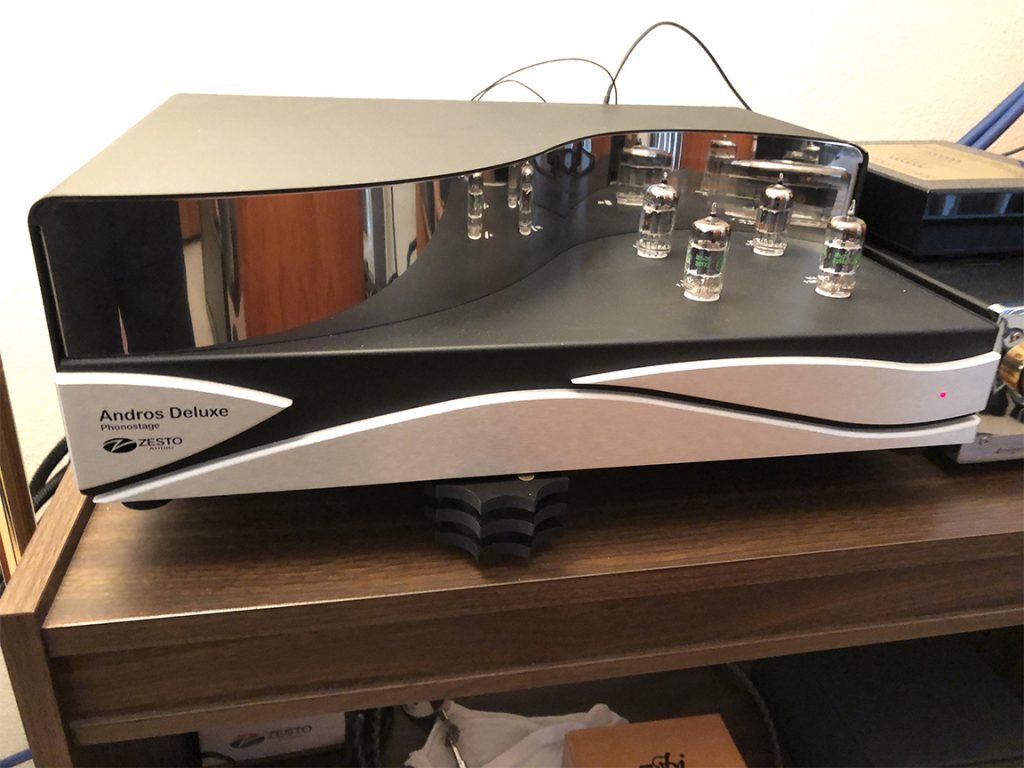
The Andros Deluxe II Vacuum Tube Phonostage Preamplifier has been upgraded with a much more powerful power supply, I saw them do it, and includes the new 12DW7 tubes so important to the stellar performance of this design. Amazingly flexible and adjustable, it has features not even found on much more expensive gear. Plus the fit and finish are extraordinary. True balanced all around, you have about all the bells and whistles beautifully implemented for near state-of-the-art performance under $10,000. It has such a low noise floor and high output, my low output cartridges just thrive. This is the phono stage for the most demanding phono fanatics who have two tonearms in use. Based on the extreme quality of both their design and performance, I am pleased to give both phono stages from Zesto Audio the Reviewers Choice Award.
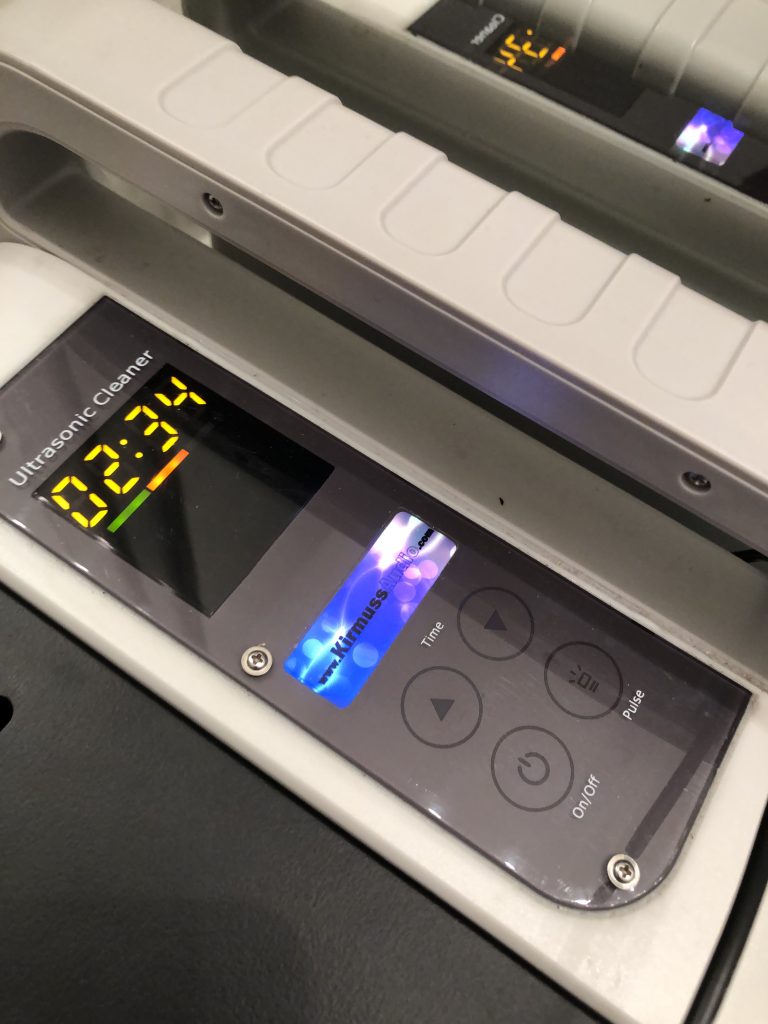
Kirmuss KA-RC-1 Ultrasonic Vinyl Restoration System
With bulletproof fit and finish compared to these plastic knockoffs I see everywhere and even some expensive easy-to-break ultrasonic boxes, the popular-priced Kirmuss does it all and more. Accommodating up to four records at a time, a powerful ultrasonic generator, excellent motor system, a timing computer section with complete adjustability, and a ton of accessories, I do not see how you can do better. Plus, the LPs are truly improved by using the entire Kirmuss process, including a 3-4 dB boost in dynamics and a big reduction in noise. Old or new LPs, both benefit.
Do not have time for a complete restoration? With an ounce of alcohol now added to the water, Kirmuss recommends a 2-minute cycle of ultrasonic wet action then dry to renew and rinse already well-cleaned records. I have 2 minutes, always. I am yet to restore a record with the Kirmuss and be unsatisfied. This is my fifth record cleaning machine in the house, and it is the best of the bunch. The others were ultimately disappointing with inconsistent performance or features that quit working and were not repairable. After four months of heavy use, the Kirmuss really is extraordinarily sturdy and without any mechanical flaws. My kind of machine! You cannot beat the price, performance, or quality, so I gladly give Kirmuss KA-RC-1 Ultrasonic Vinyl Restoration System my Reviewers Choice Award.
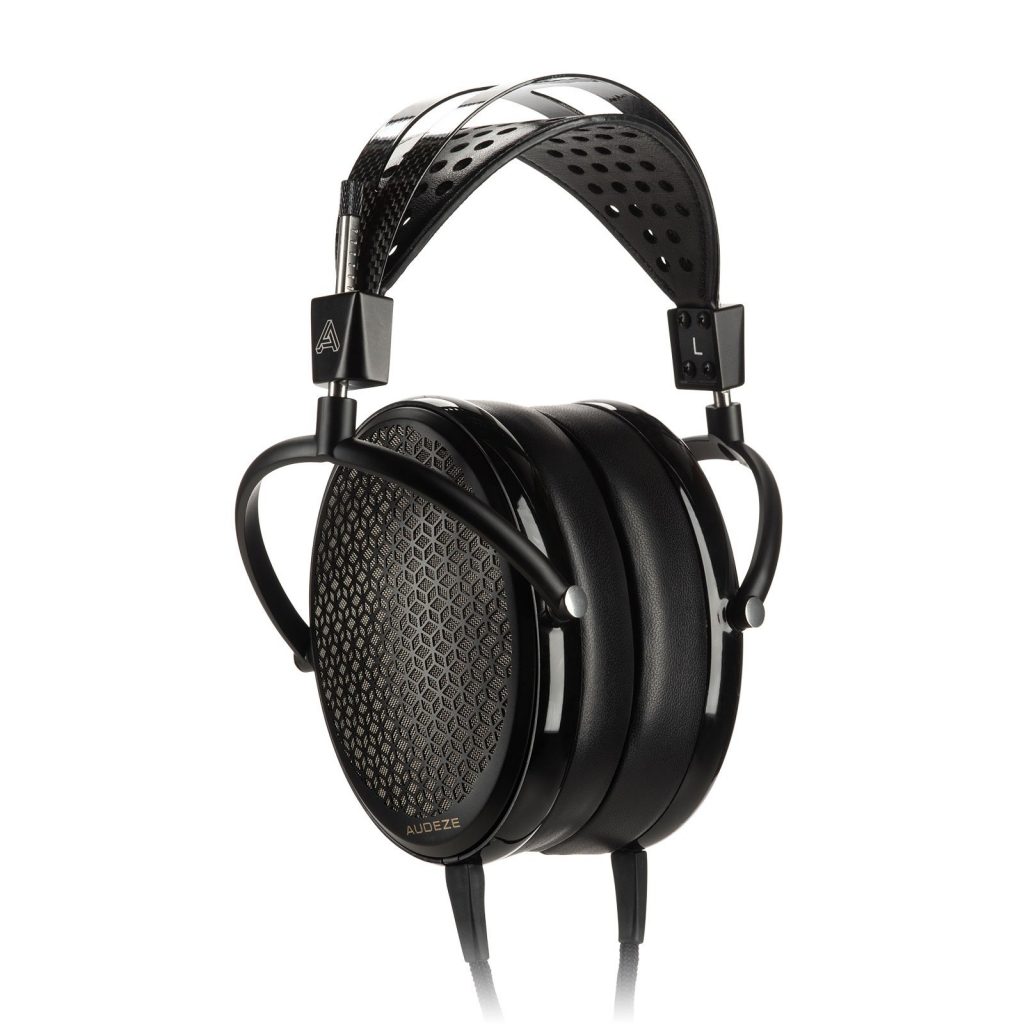
Audeze CRBN Electrostatic Headphones
Who knew, other than Audeze and their Dr. C., that the secret for achieving the pinnacle of performance for electrostatic headphone design was removing the metal! Using carbon nanotubes brought extraordinary neutrality and organic musicality to a design that was all about extreme definition and little more. The CRBN trades grain for elegant wholeness, limited dynamics for unlimited dynamics, and flat images for rounded ones. After significant run-in, they are totally even from top to bottom with a sense of unmatched clarity and realism akin to the microphone feed in the studio.
With about 25%! more dynamic range than my Stax 009, they never ever run out of gas. They never homogenize the soundstage. They never lose their sublime linearity. Any Stax compatible energizer will do, though I loved my reference original Stax 006t OTL box and the Woo WES Tube Unit with these marvelous cans. They take a month to build and receive as they are made to order. Not inexpensive but the best electrostatics I have heard, period. Equal to any luxury brand of dynamic or planar headphones around, though once heard, they may change your life. Deserving of my Reviewers Choice Award and then some.
Read more HERE
Marshall Nack
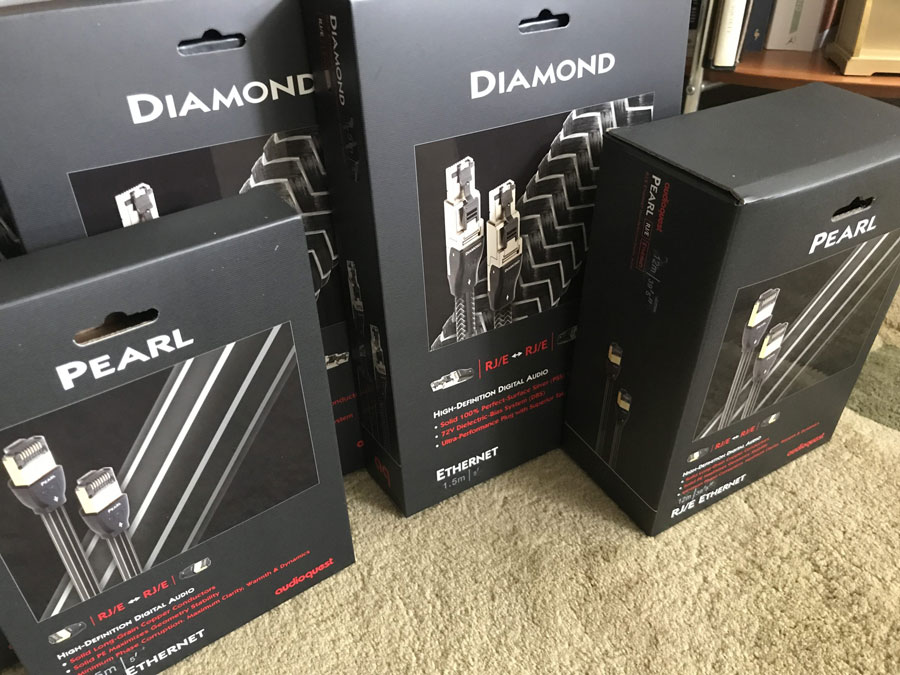
AudioQuest Diamond Ethernet Cable $1599.95/1.5m
This was the year I went from nay to yea regarding ethernet music streaming. Starting out, I made the mistake of going on the cheap and bought low-end parts. Of course, it sucked! Now I'm revisiting every link in the chain, beginning with several rounds of linear power supplies and ethernet cables, and I'm catching glimmers of the new medium's potential. I can even listen to Qobuz for long stretches without triggering my mean-spirited doppelgänger and spoiling it.
It was when the Diamond Ethernet Cables from AudioQuest, the most expensive they offer at $1599.95/1.5m, were installed that I caught the rays. The Diamond sits at that sweet spot where everything the audiophile wants is present at a high level and it doesn't present any noteworthy shortfalls. Dynamic range is first-class, implemented with just the right amount of grip at the extremes to keep instruments from softening up too much on micros or making them tight and rigid on macros. Resolution of fine details is excellent.
On the other side of virtue, the musical goods—body, tonal density, and timbral colors—are dished up with equal finesse. That's the thing: the Diamond may not be the very best in any single area, but it comes close enough in all of them to get the nod. The Diamond's performance is so balanced it doesn't leave you anything to quibble about.
The second takeaway is the Diamond's MSRP. Compare it to the cost of wires elsewhere in my system and you'll have a laughing fit. (The MSRPs for signal wires for my primary sources tend to run anywhere from $3500-$9000/m.) The only thing unbalanced about the Diamond Ethernet Cable is the price/performance ratio. It's easy to call it a bargain.
Read more HERE
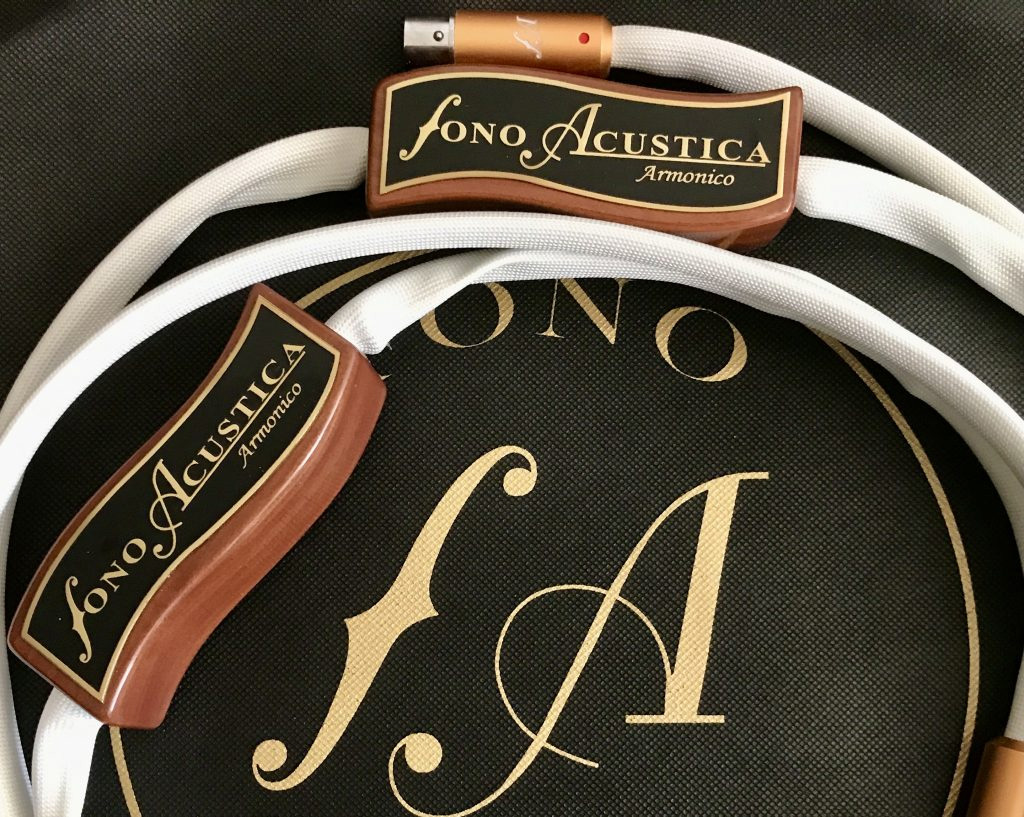
Fono Acustica Armónico Wires Armónico XLR Interconnect $6900/m

Armónico Power Cable $6600/1.5m; $8190/2m
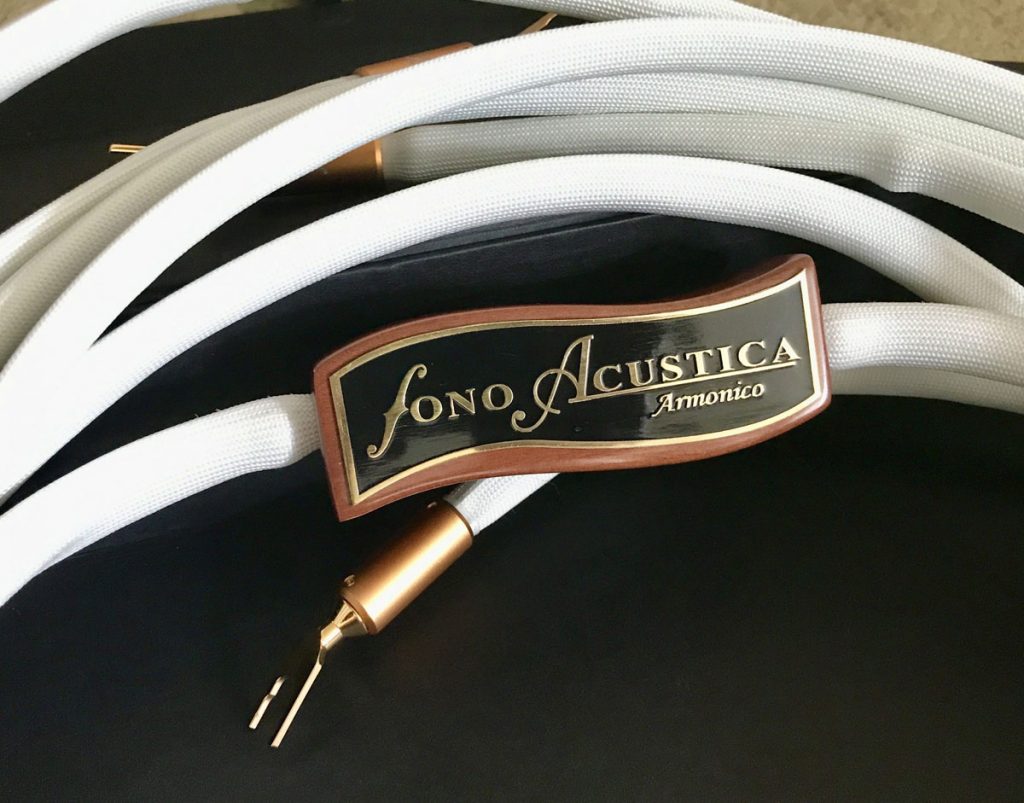
Armónico Speaker Cable $20,200/2m
Generally, audio products are voiced for either resolution or musicality, and that creates a dilemma: you have to choose one or the other, because finding products that satisfy the twin masters is a quest. As the preponderance of gear resides in the hi-res, soundstaging, and dynamics camp, you might be interested to know about this line of wires that brings the musical muse to the head of the queue.
The Fono Acustica Armónico loom performs respectably on the standard audiophile curriculum. When my doppelgänger manifests and I go into evaluation mode, the Armónico brought insight and proved a useful tool. Even factoring in the possible issue of minor coloration, it did not prevent the cable from meeting the core requirement, to reveal differences in source material.
But where the Armónico leaves the pack behind is communication of musical content and evoking the muse. The Armónico creates a warm, midrange-dominant, reverberant acoustic, where inner voices and melodies—the scoring of the supporting parts, or the stuff within the stuff—come across clearly and effortlessly. Does it deliver the musical goods? In spades. These are hands down the most musical cables I've encountered. I found the system more inviting and entertaining. Even months after the initial thrill had dissipated, I still looked forward to sitting down for my nightly sessions. And when they were boxed up and returned, Lynn suffered the worst withdrawal in memory—she wouldn't listen to the system anymore.
The Fono Acustica Armónico is one of the best cables I've heard for the human connection. Never forget, music is made by humans, for humans. Definitely recommended for the music lovers among us. You know who you are.
Read more HERE and HERE and HERE

Stage III Concepts Poseidon Power Cord $22,000/1.5 m
Jumping to the ne plus ultra category, credit must be given where due. Stage III Concepts made its mark with their power cables. It makes sense that it would take a specialist company to up the ante with the next major innovation in power cord design. Brian Ackerman, the Stage III Concepts distributor and proprietor of Aaudio Imports, claims their latest model, the Poseidon, may be the world's first vacuum dielectric power cord.
You all know what a vacuum does for interconnects. What happens when it's built into a power cord? Not what you'd expect. The Poseidon presentation does not favor lightness and air. Oh, there's plenty of that, but, even more pronounced, is the grounding to the earth. The Poseidon is planted unshakably on terra firma, and the cable's gargantuan girth hints at what's in store: thunderous low-end and the most precise soundstage topology. Then it catches you off guard and wows you in unexpected ways, with superb timbral refinement and musical flow.
But why does it have to cost so much, and why does it have to be so big? If you can live with those caveats, this beast of a power cord will singlehandedly garner something like an 8-10% improvement in your system. That is huge, enough to make the case that it delivers fair value for its cost. The Poseidon is destined for ultra systems—those aspiring to world-class. He's the best yet from Stage III or any brand I've heard, bar none.
Read more HERE
Robert S. Youman
Synergistic Research Galileo SX Ground Block $7495
The Galileo SX Ground Block is a re-engineering of the award-winning SR Active Ground Block SE. The MSRP is $7495 bundled with the $2999 Atmosphere Euphoria power cable or $9495 bundled with the $6000 Galileo SX power cable.
This new design includes additional technology originally implemented in the new Galileo SX PowerCell power conditioner. This includes a new chassis machined from a solid billet of aluminum and carbon fiber for resonance control, re-engineered and additional electromagnetic cells, and a new ULF generator with the flexibility and gain for three times the signal strength of the original Active Ground Block SE.
By pressing a button on the back of the Galileo SX Ground Block you change the frequency that biases its three active electromagnetic cells and this changes the characteristic sound of your system. There is a default setting and three new frequency choices that can make your system sound more liquid, more dynamic and more holographic. To keep track of each frequency that has been selected, when you press the button, it changes the color of the light inside the unit and is visible from the view window on the top of the unit. Very cool!
When we talk about the impact of proper cabling, power conditioning, and ground, the discussion often turns to the "reduction of the background noise floor," or the "deeper more black soundstage." When done correctly, instruments and vocals can seem to just explode out of the soundstage with a three dimensionality and an eerie realism. The Galileo SX Ground Block clearly offers this kind of improvement, but there is so much more magic than that.
In my system, with the Galileo SX Ground Block in place, this incredible black backdrop also provided an improved sense of what I call "the big three:" tone, timbre and pitch. You would think that your speakers, or amplification, or front end would be the key drivers of these variables. This might be so, but do not discount what the Galileo SX can also provide. The results are absolutely spectacular. When synergistically paired with the incredible Galileo SX PowerCell, overall performance will take even another step forward. One of the most impressive products to enter my listening room in the last several years!
Read more HERE
The REL No. 25 Subwoofer $7500
With an MSRP of $7500, the flagship REL No. 25 subwoofer is an absolute beast, yet an extremely beautiful if not elegant beast. At a weight of 168 lbs. and overall dimensions of 29 x 21.3 x 30 inches, the No. 25 will definitely bring a bunch of wow factor to the look of your system. With a sophisticated contemporary cabinet design, a unique detachable grille system, and 12 coats of piano black lacquer, the No. 25 provides some of the most stunning aesthetics in the marketplace.
The No. 25 is a closed box front firing design with a 15 inch, long throw carbon fiber cone and an inverted carbon fiber dust cap. REL states that the keys to the exceptional performance of this driver are the extreme stiffness, the ultra-light weight, and the overall balance of the design. The integrated amplifier is a NextGen3 Class D at 1000 watts RMS. Low level frequency is rated at -6 dB at 14Hz. This baby has power to burn, even at the lowest frequencies!
The No. 25 offers a fairly extensive portfolio of inputs and outputs that can provide excellent flexibility for both two channel and home theater applications. With settings in mind for the ultimate in customization, the No. 25 provides a series of gain controls, proprietary filter and crossover options, and two separate parametric equalizers. This allows for an amazingly flat in-room response while maintaining the resolution and top to bottom integration that have always impressed me with REL designs.
Two words keep coming up in my listening notes for the REL No. 25: speed and power. With a two subwoofer setup, I quickly noticed that there was now a new sense of immediacy and dynamic punch that was absolutely thrilling across all frequencies.
Highs were never so crystalline and reverberant, yet without bite and edge. Mids had a harmonic density and palpability like never before. Bass performance was now delivering a level of jump factor and unconstrained attack that could be both heard and physically experienced. I can only imagine what the infamous REL "six pack" configuration utilizing six of these units can provide. The REL No. 25 is clearly an industry benchmark and should be a strong consideration for the ultimate in sound reproduction!
Read more HERE
Patricia Barber, Café Blue 45 RPM 1STEP Vinyl LP Box Set
The IMPEX 1STEP Café Blue release is a 180 gram, 45 RPM double LP box set. Manufacturing was strictly limited to 5000 numbered pressings. LP packaging includes an impressive tip-on 3-sleeve gatefold cover and deluxe booklet. The gatefold cover is housed in an attractive slip case that just exudes quality and superb design. Collectors should be very impressed and pleased.
Café Blue was originally recorded on an Otari 32 track digital tape recorder at The Chicago Recording Company. Yes, Café Blue is actually sourced from digital. For this IMPEX release, Kevin Gray at Cohearant Audio re-mastered the recording from the original analog work masters
Bottom line, I was absolutely floored by the sound quality. First off, my copy was perfectly flat and extremely quiet. Instruments and vocals just seemed to dance and float throughout a deep black background with as much definition and air as any LP in my collection. I have ten or more One Step releases, and this sets a new standard for these variables.
Low end sound quality was exceptional. The drums on "Too Rich For My Blood" were now properly unleashed and almost physically startling. Acoustic bass on "Ode To Billy Joe" had tremendous depth and separation. Very exciting stuff! There was something that felt just right about all of this. You know it when you hear it.
I'm not sure how much better the mids could be, whether it be digital or pure analog sources. Vocals seemed to be more properly rounded and clearly defined—neither set too far back or in your face. On "What a Shame," Patricia's smoky voice was fully fleshed out with a sense of ease and palpability that most recordings can only dream about.
There is a bunch of snare on this release. Instead of the typical clinical hardness and grain, we now have a proper golden sheen to the splash of the high hats, and a woodiness to the drum sticks that make you feel like this is very close to the real thing. You get the power and dynamics on percussion that were only hinted at before. Overall, simply a stunning vinyl release and possibly the best of the year!
Read more HERE
Michael Zisserson
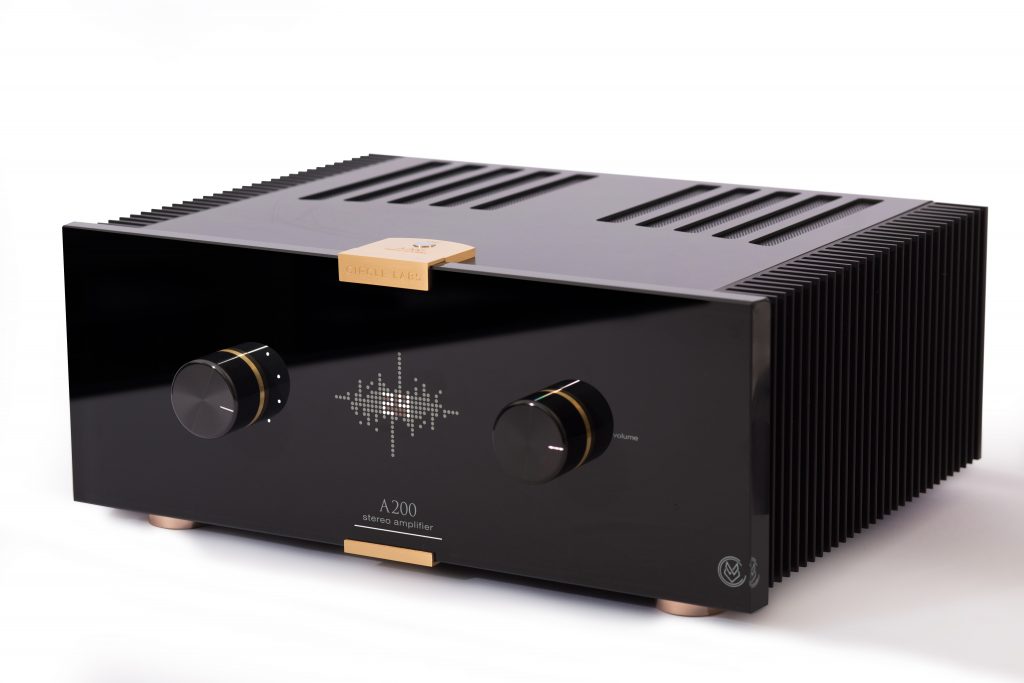
Circle Labs A200 Integrated Amplifier
Thus far, it has been a challenge to find integrated amplifiers at the sub $10,000 price point that perform like top-tier separate preamplifier/amplifier combinations. Then along comes the Circle Labs A200 integrated amplifier. At $8995 it is pricey, however to get the sheer power, control, and nuanced details that makes the jump into high end, without the bulk, it is a steal!
The Circle Labs A200 is easy on the eyes, too, with very elegant industrial design. Keeping with the theme of simplicity, one of the beautiful aspects of the A200 is that it does not contain peripheral devices such as a DAC or phono stage. This allows the price to stay reasonable, while providing the "meat-and-potatoes" of what an integrated amplifier is: A low noise line stage followed by a powerful amplifier section, with as short of a signal path as possible.
When listening, the minimalist preamplifier section, and proprietary Circle Power technology performs as a well-engineered piece of equipment should. Control, power, and extreme inner detail are all present as one would hear with a top-tier component, or should I say: Components? The Circle Labs A200 truly sounds like a separate specialty line-stage and large power amplifier. It has a hint of romanticism, too, but most seem to enjoy music that airs on the side of romance since we do not listen to test signals. What else can I give than the highest recommendation to a piece that truly embodies the saying, "buy once, cry once."
Read more HERE




